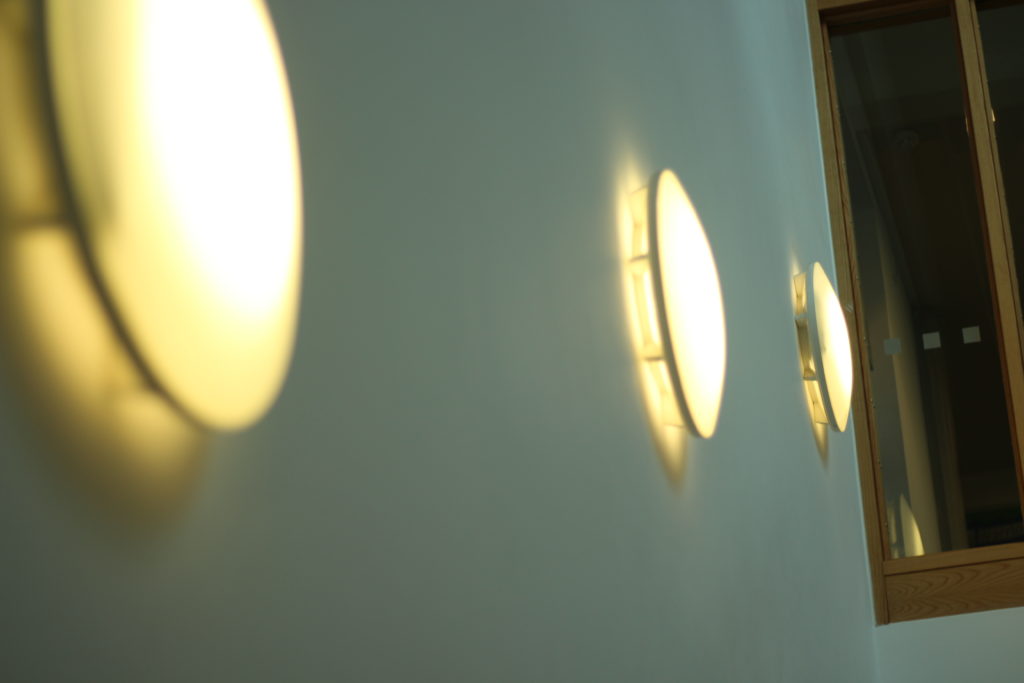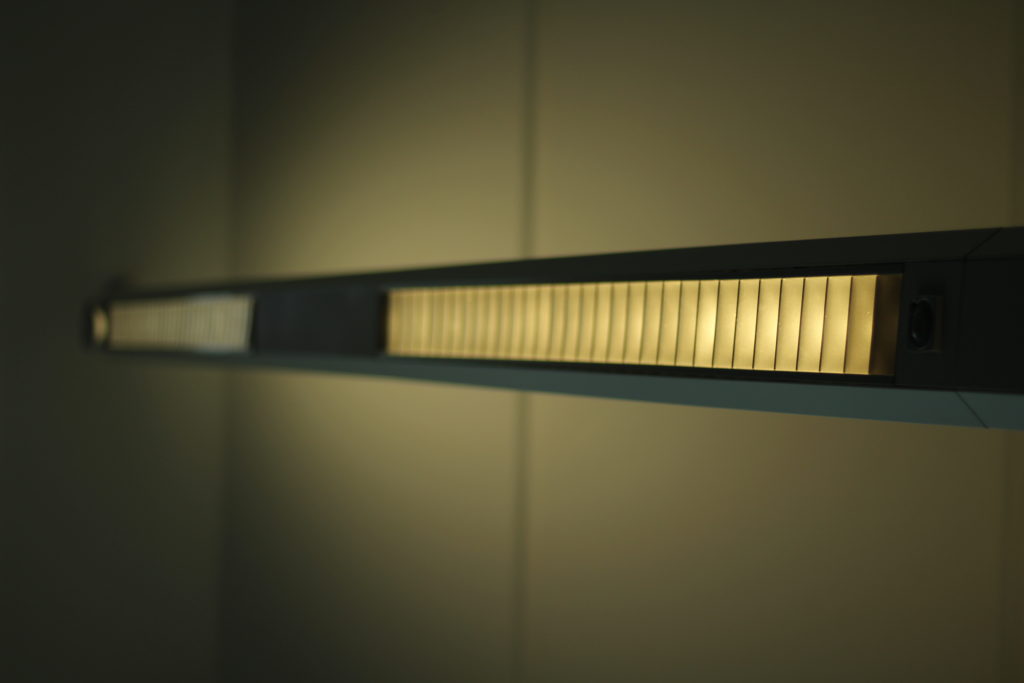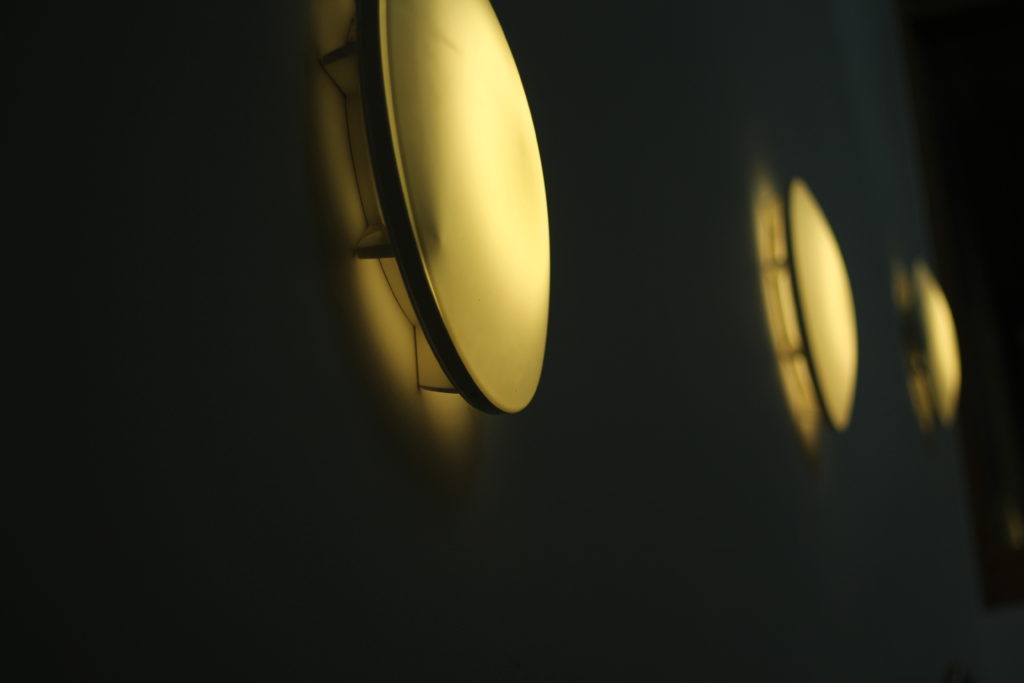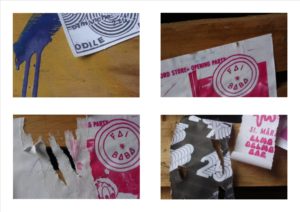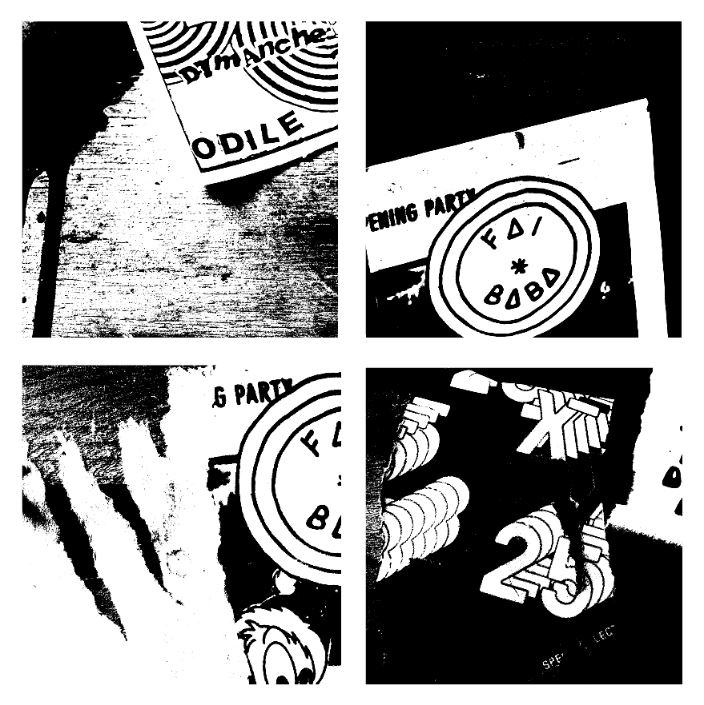Frank Hallam Day
Washington, D.C. based photographer Frank Hallam Day’s work explores the impact of humanity’s footprint on the natural world. Day, who was trained as a painter, says his photographs owe more to the history of painting than photography. Day prefers digital photography to film because it allows him to adjust the image, both on the spot and on the computer. He is a self taught fine art photographer and his interest and methods revolve around culture and history. I am very intrigued by his work as he creates real and moving stories which i believe can impact people upon viewing the images. Not only can he do this threw the use of people and how they are living their lives, which are different to ours in the first world countries, but threw the use of both wide and close up shots of the pure destruction that we are creating to the world. I believe there is a strong contrast within Day’s photos from the portrait pictures in Africa to the landscapes of urban areas in cities which have been destroyed. I believe that this contrast is purposely showing us that despite we have all these luxuries and strongly built buildings we take it for granted and therefore do not look after them, allowing graffiti and tear to occur. I also like the work of Day’s due to the highly saturated and vibrant colours used, bringing a dull telephone box to life for example. Also, the use of great composition and natural lines within his photographs allows him to take a boring boat and turn it into something which makes us appreciate and intake the whole photograph.

Image analysis

Clearly this photo shows the inside of a telephone box. What usually would have and should’ve been quite a boring image is actually, in my opinion, a very interesting and eye catching photograph. I believe this photograph would have been taken with a relatively slow shutter speed in order to capture the high light which is seen in the photo, possibly a shutter speed of approximately 1/10 of a second. an ISO of about 400/800 seems to of been used due to the brightness yet sharpness of the photo. The rule of thirds has most definitely been used within this photograph, with the telephone itself being placed on the top left focal point and on the left hand vertical line. The use of this draws the human eye to this point and makes the viewer aware that it is the main subject of the photo. Furthermore, this image uses leading lines to draw us into the subject. The metal panels are natural lines which makes us instantly view the phone. This photo is highly saturated using vibrant colours to intrigue the viewer. The use of strong and bright lighting is contrasted with the shadows on the left of the picture and the outside area on the right. This creates a sinister and scary feeling as it gives an impression of isolation as it is only inside the phone box that is overly bright. The use of reflection on the glass of the phone box creates a feeling of confusion, creating a real mood and story to the photograph. At the top of the phone box we can see how it has been destroyed by graffiti which relates to the photographers intentions of capturing human footprints.
Photoshoot
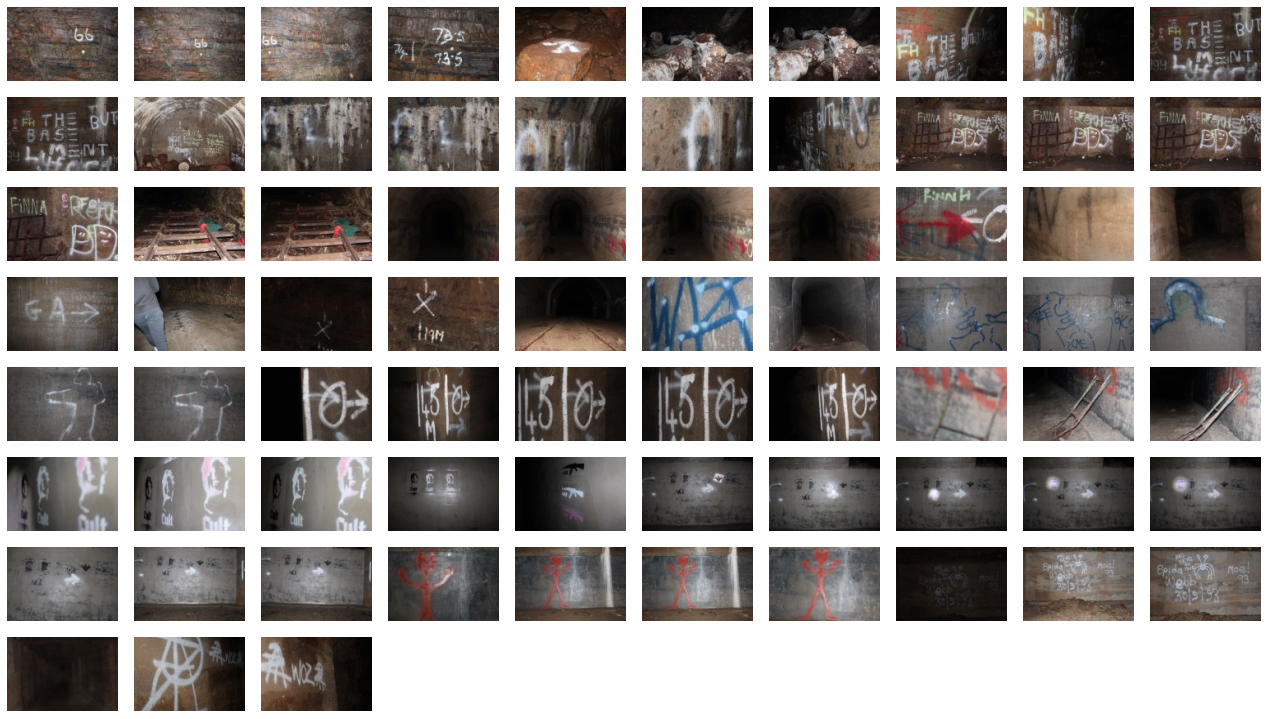
Edits

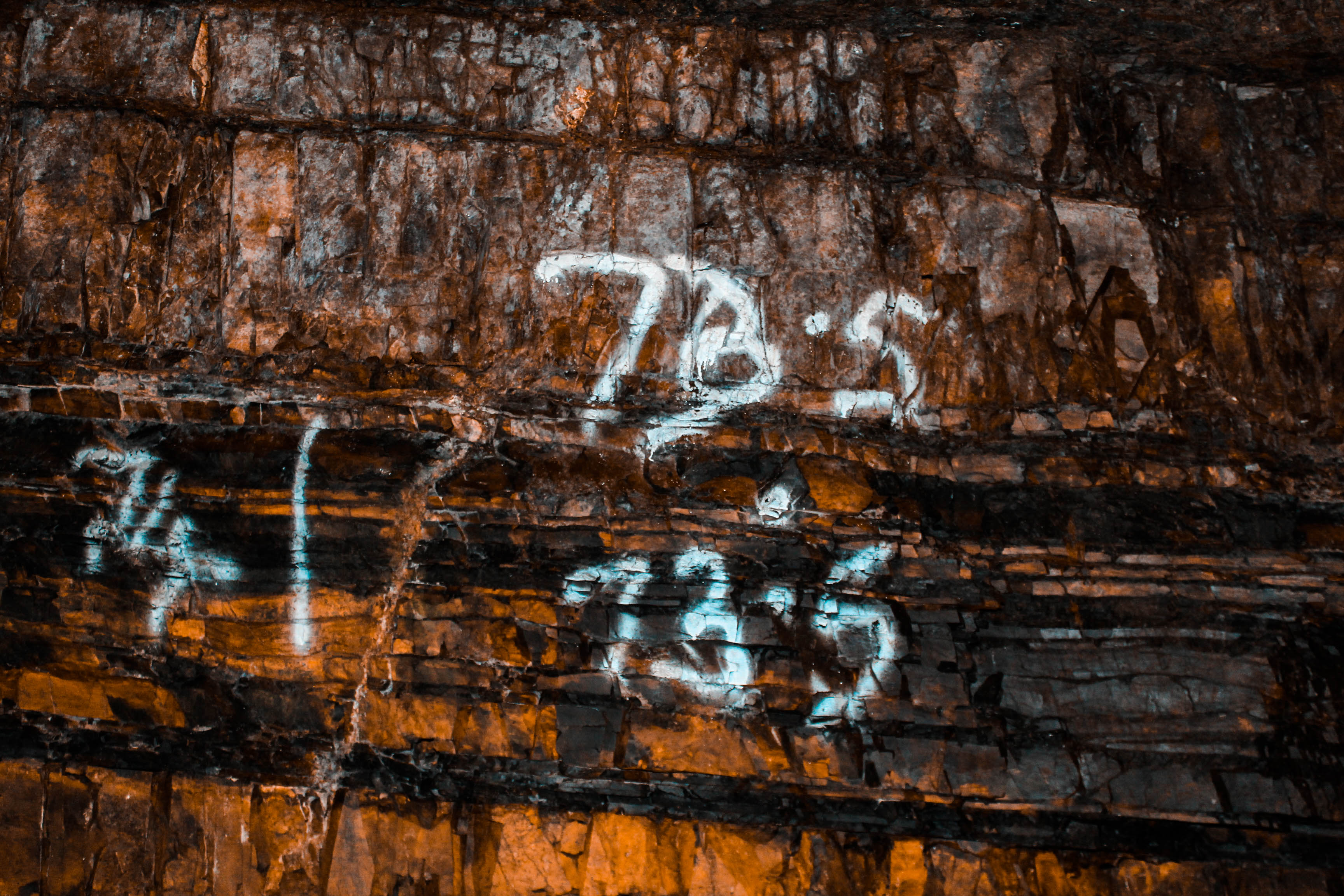
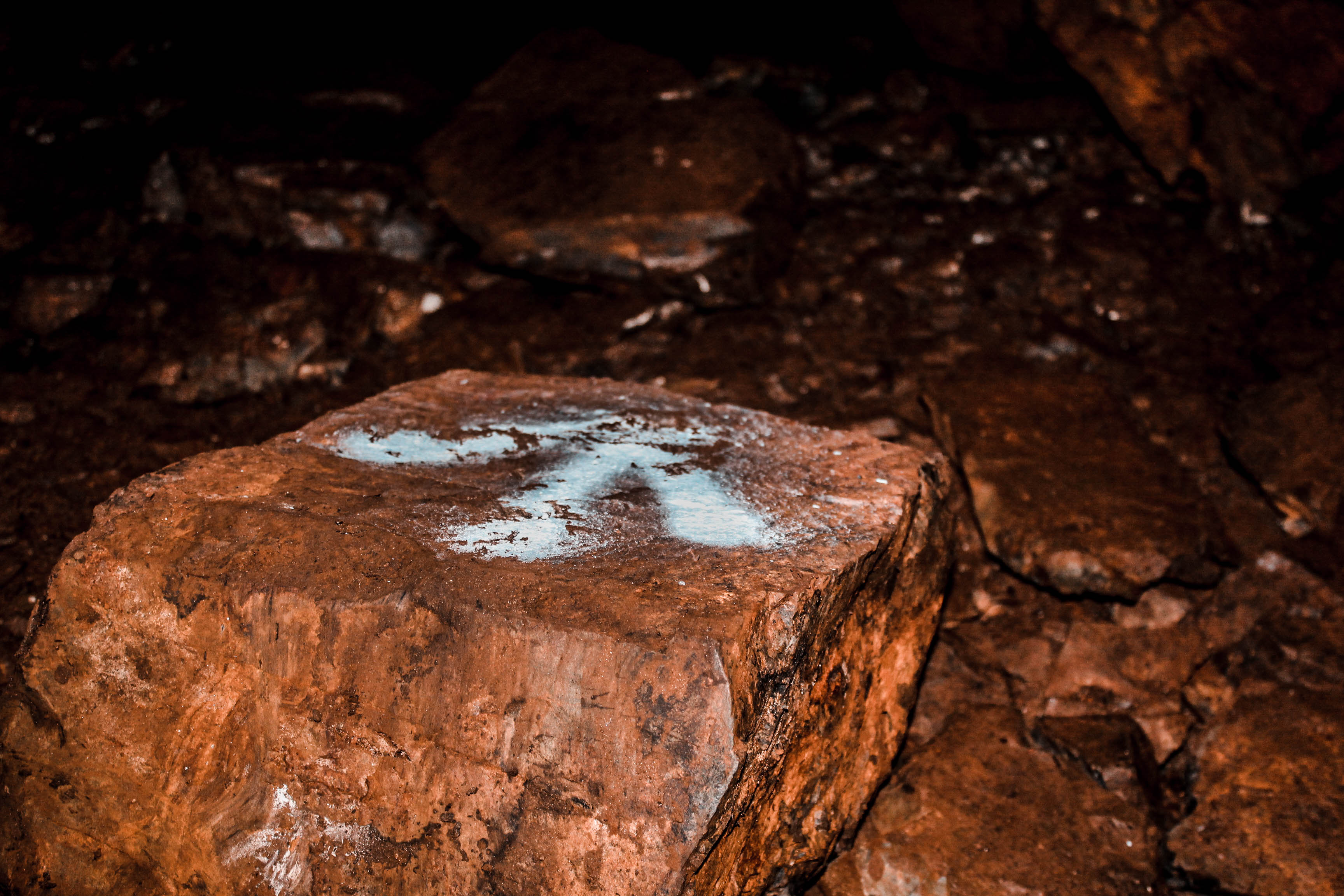

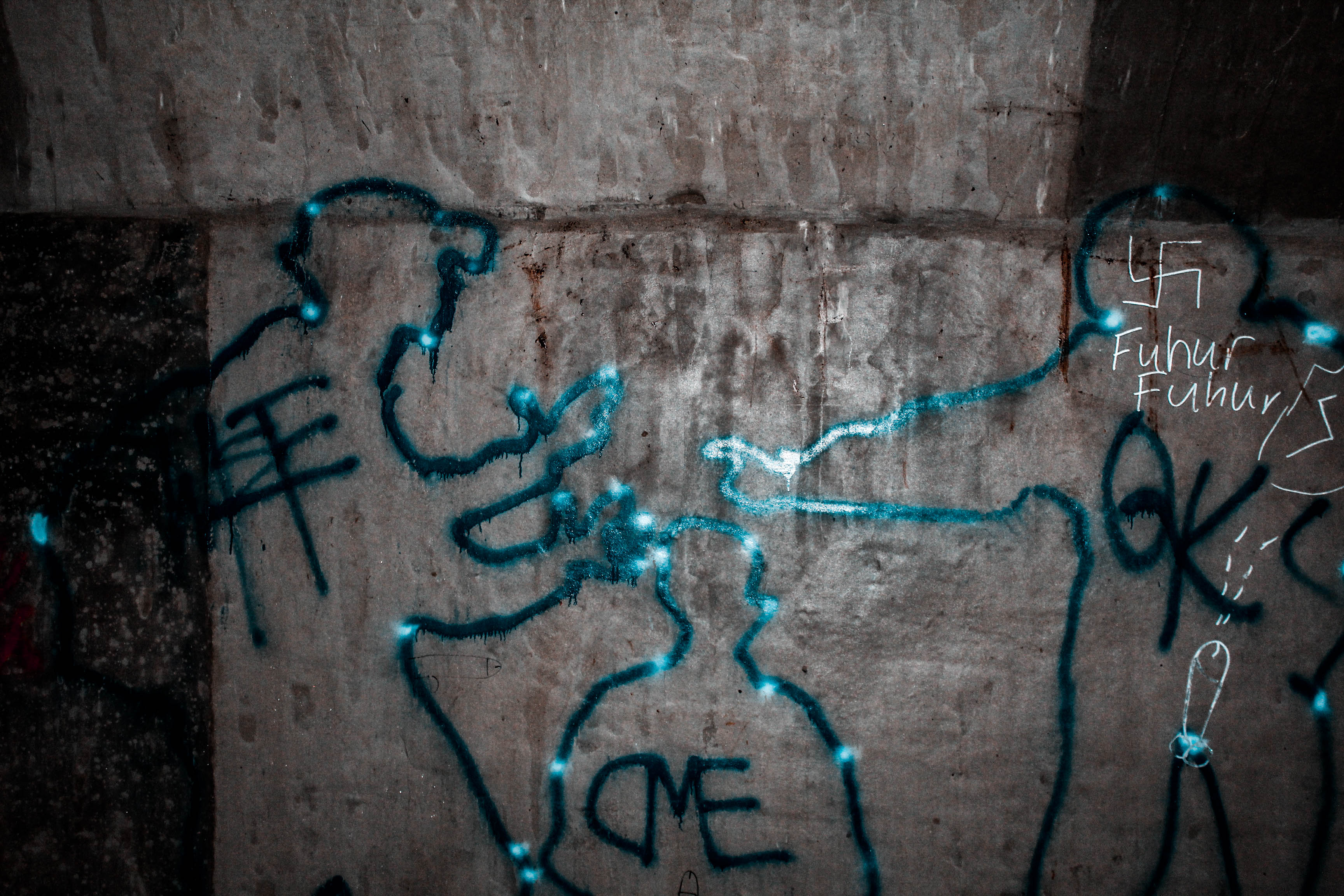
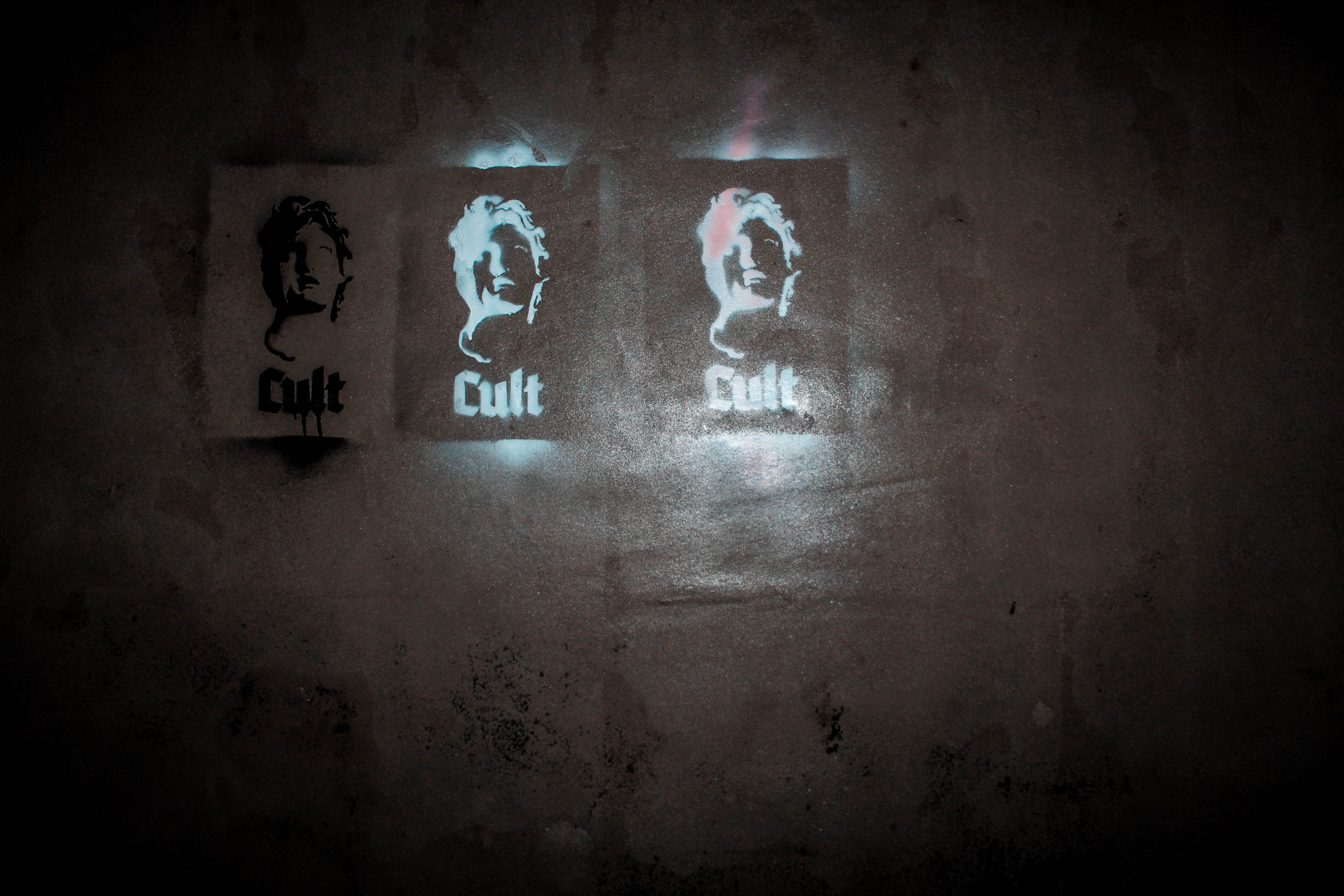
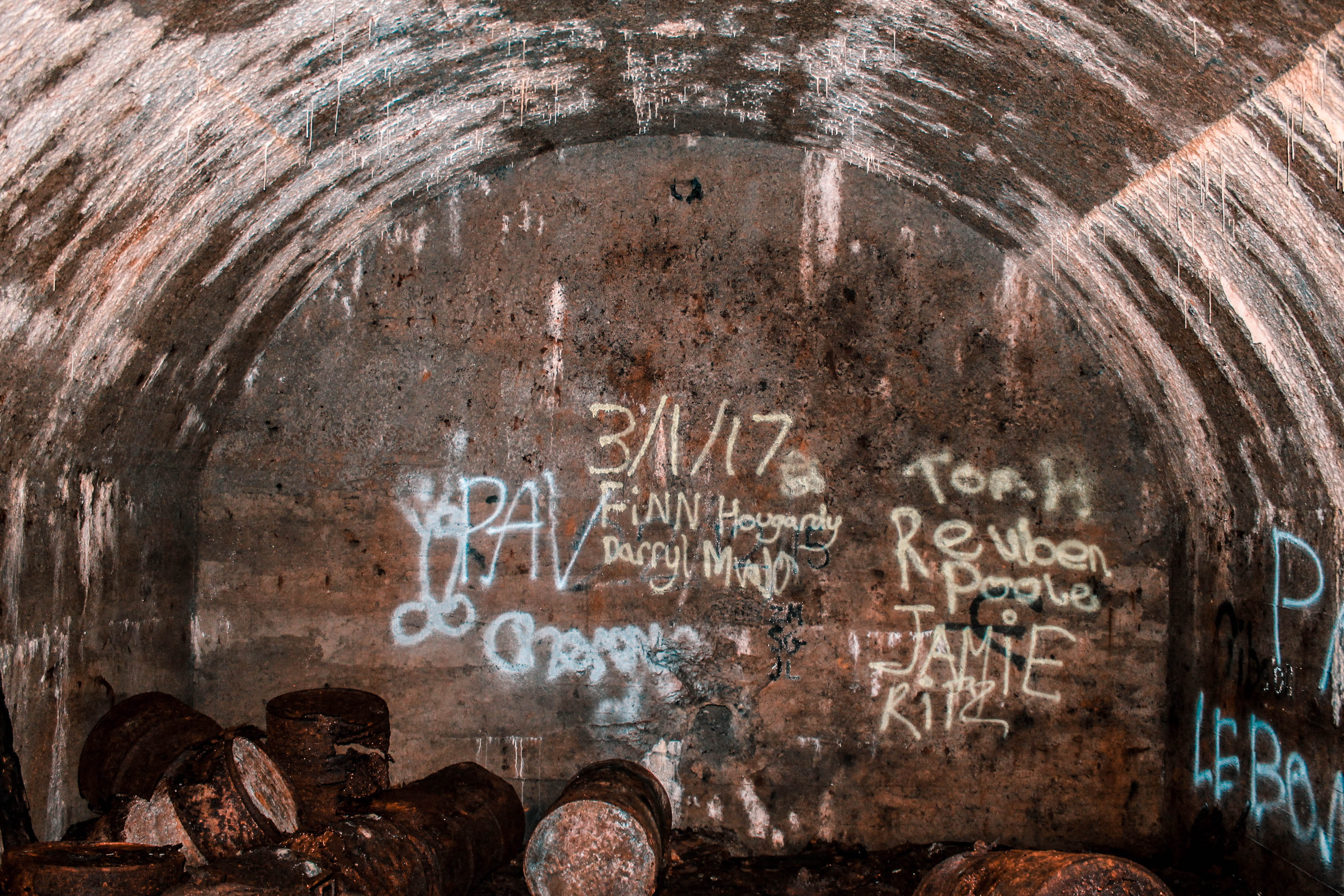

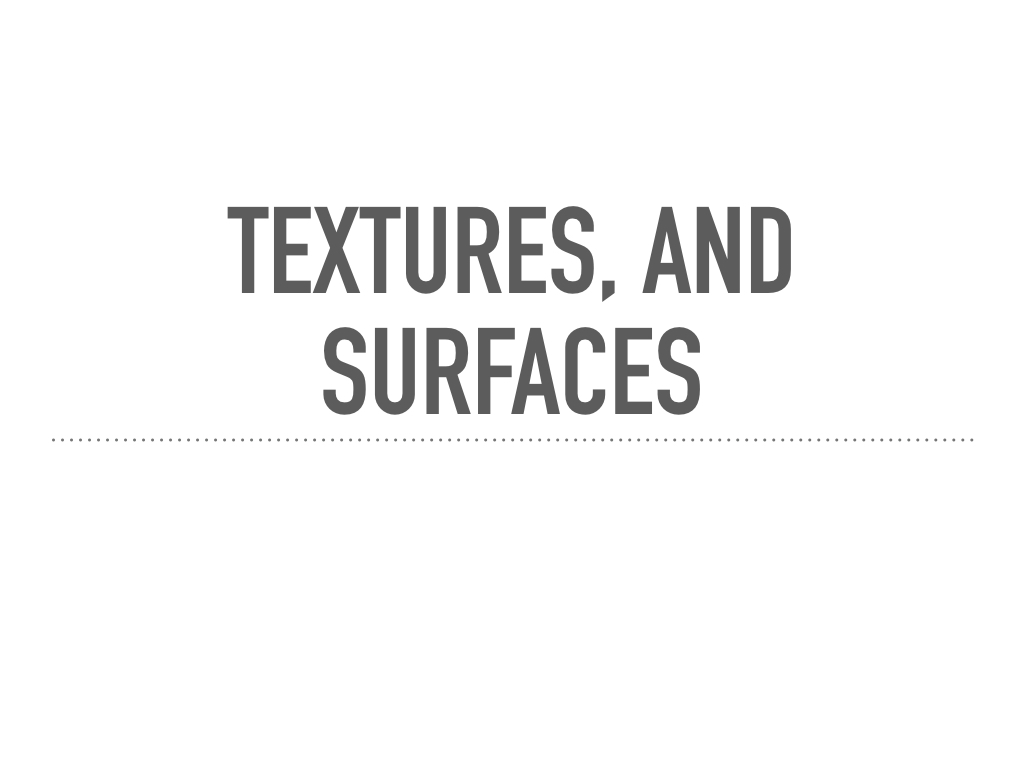

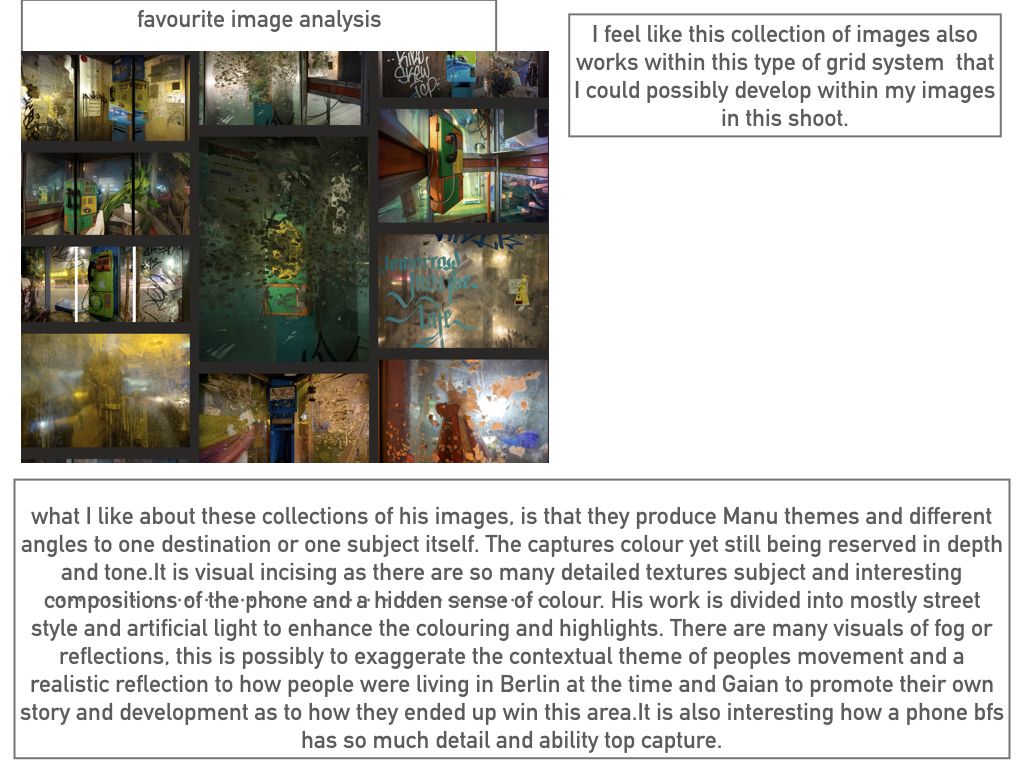
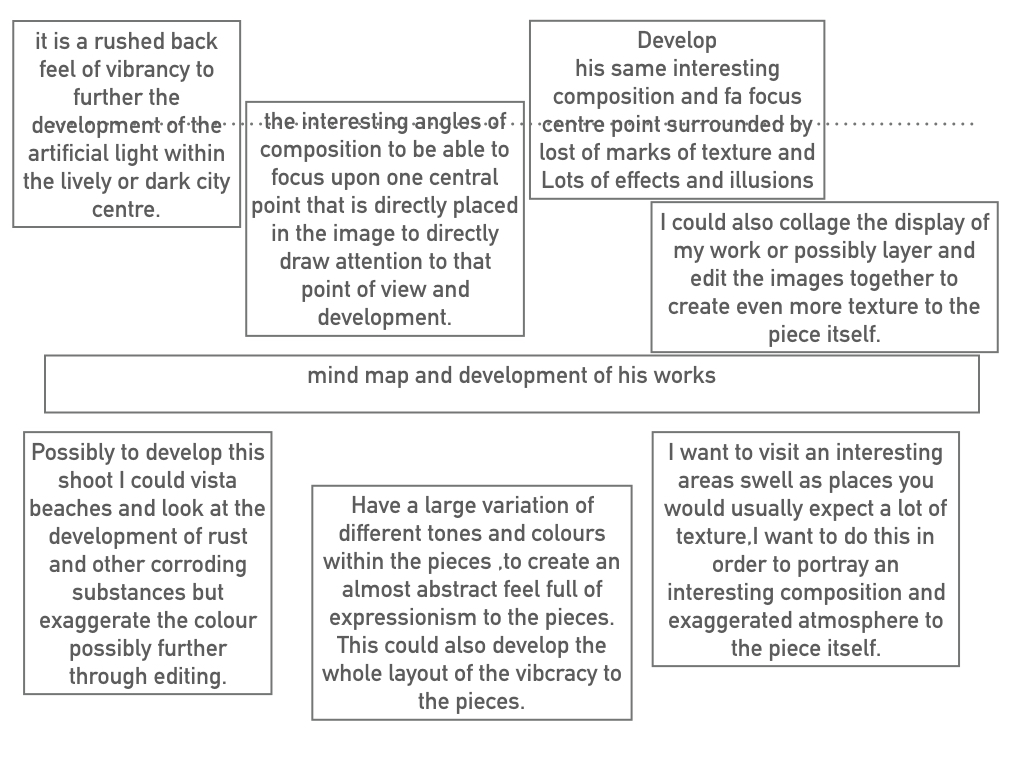
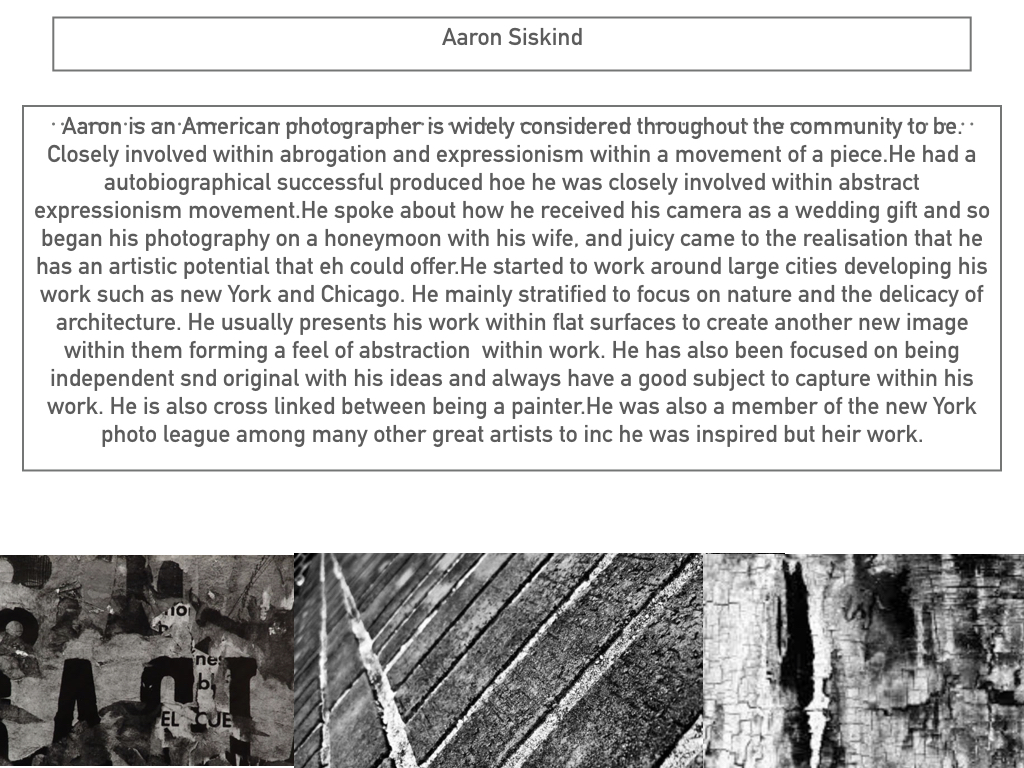
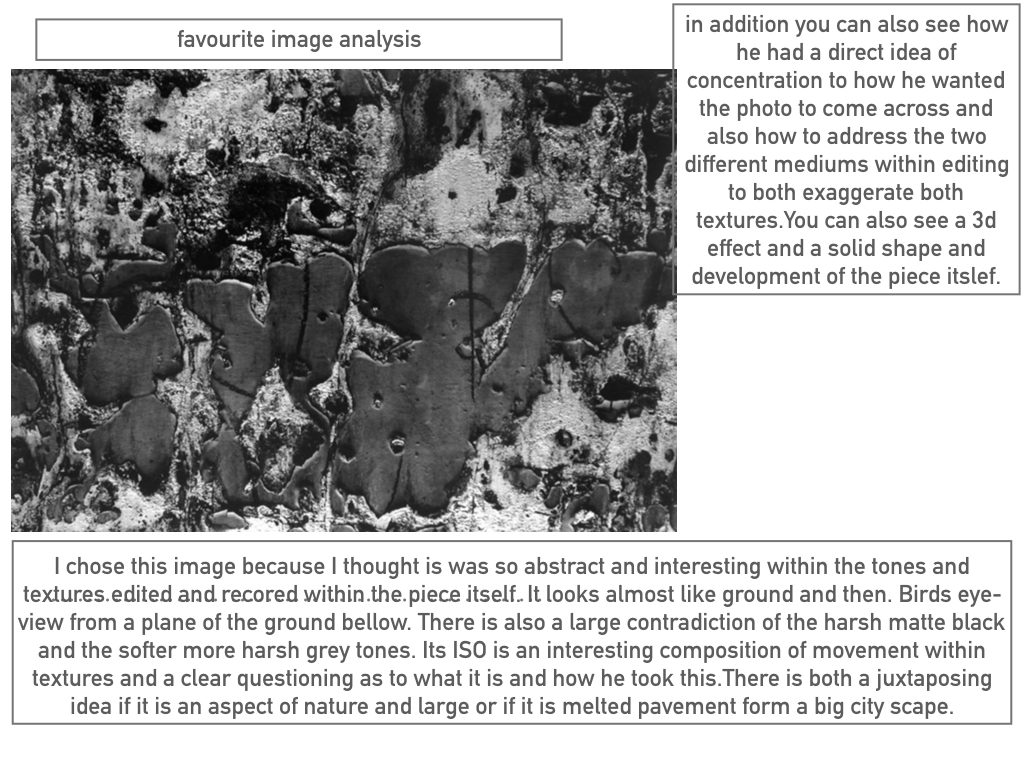


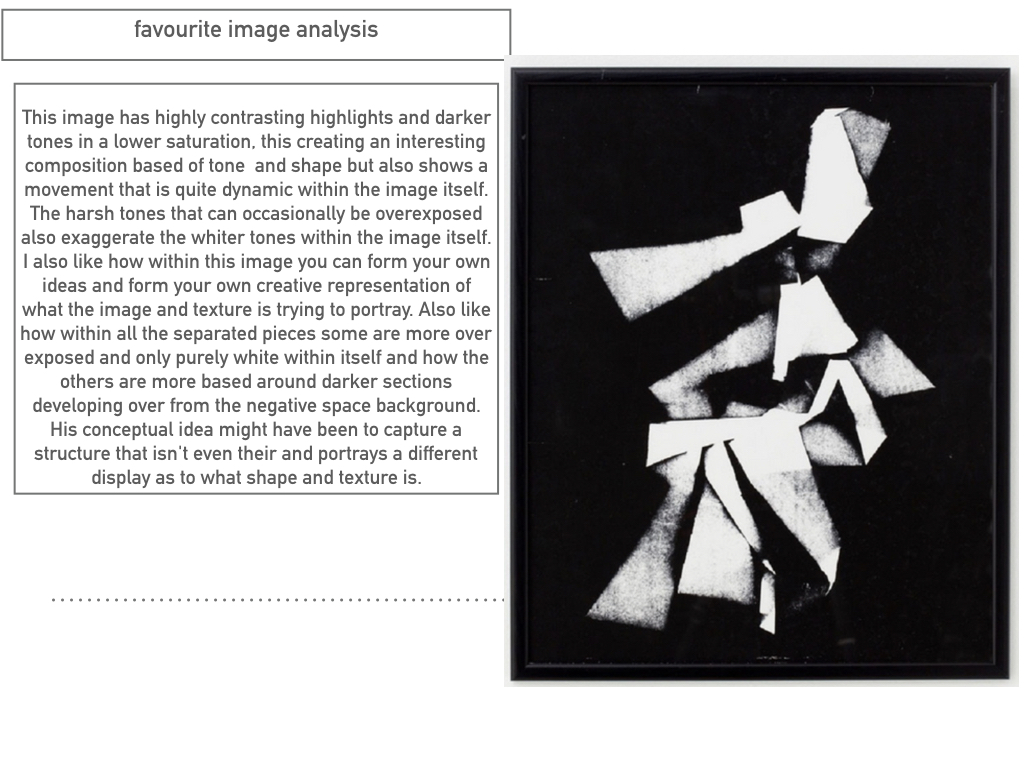
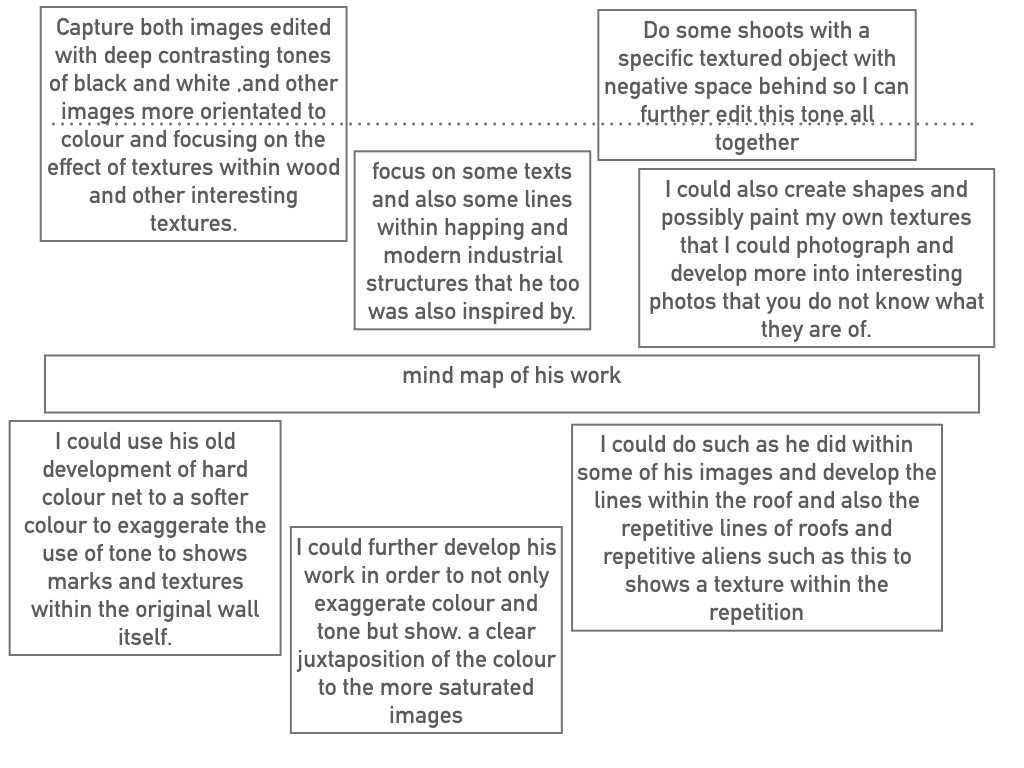
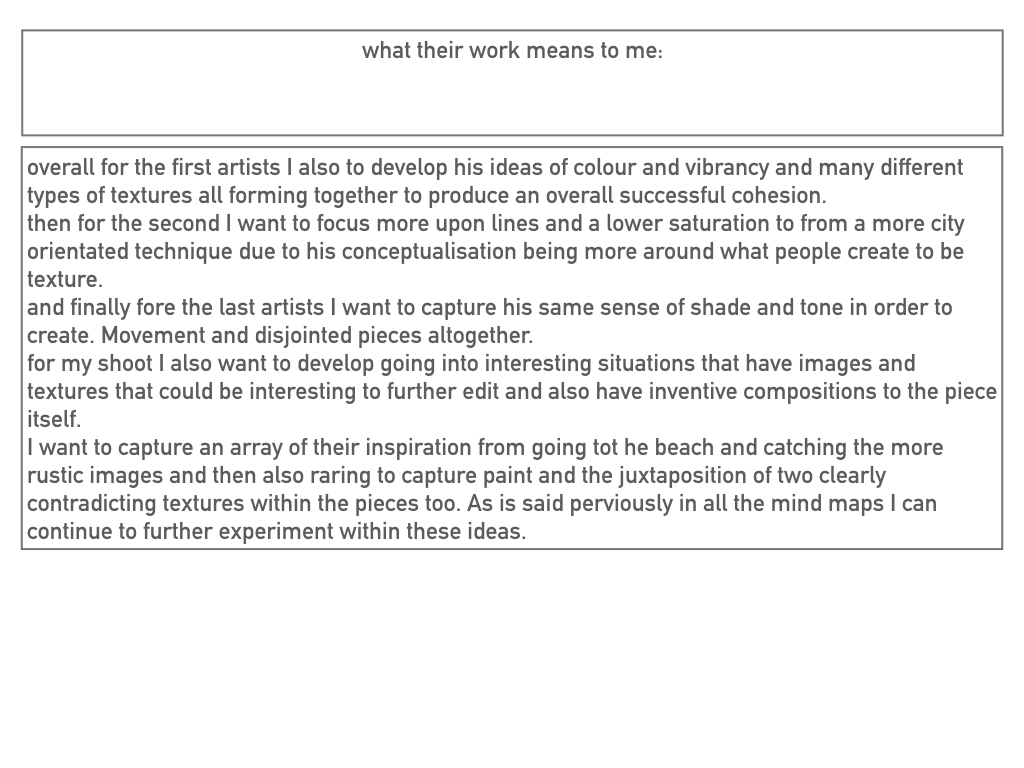
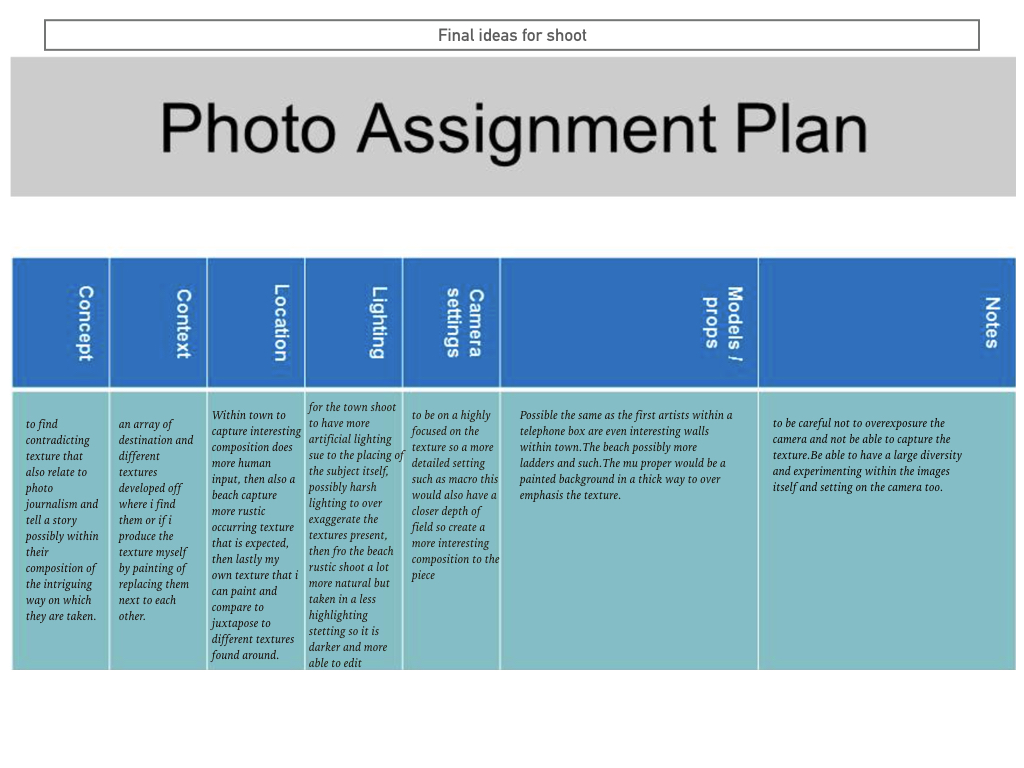
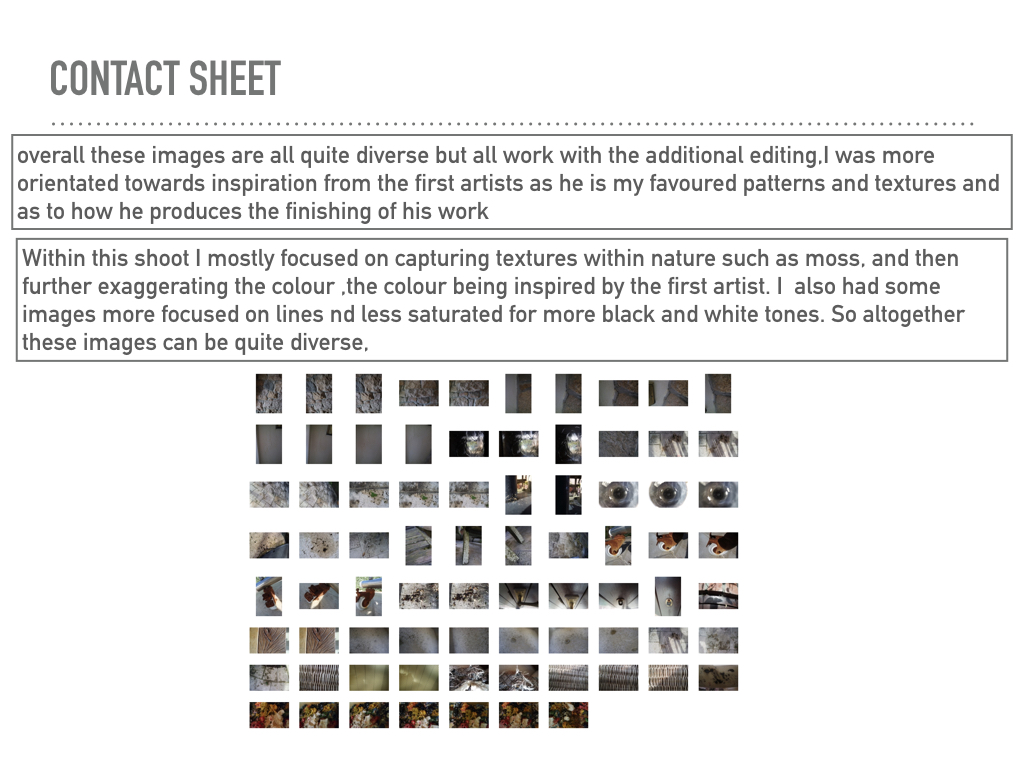
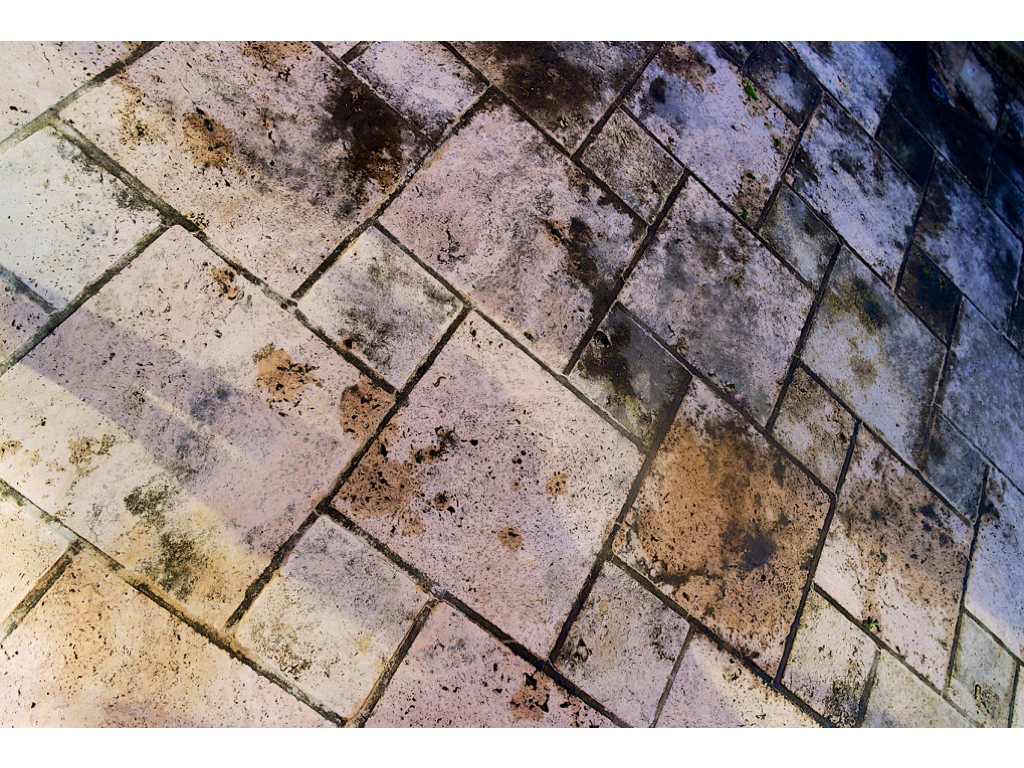
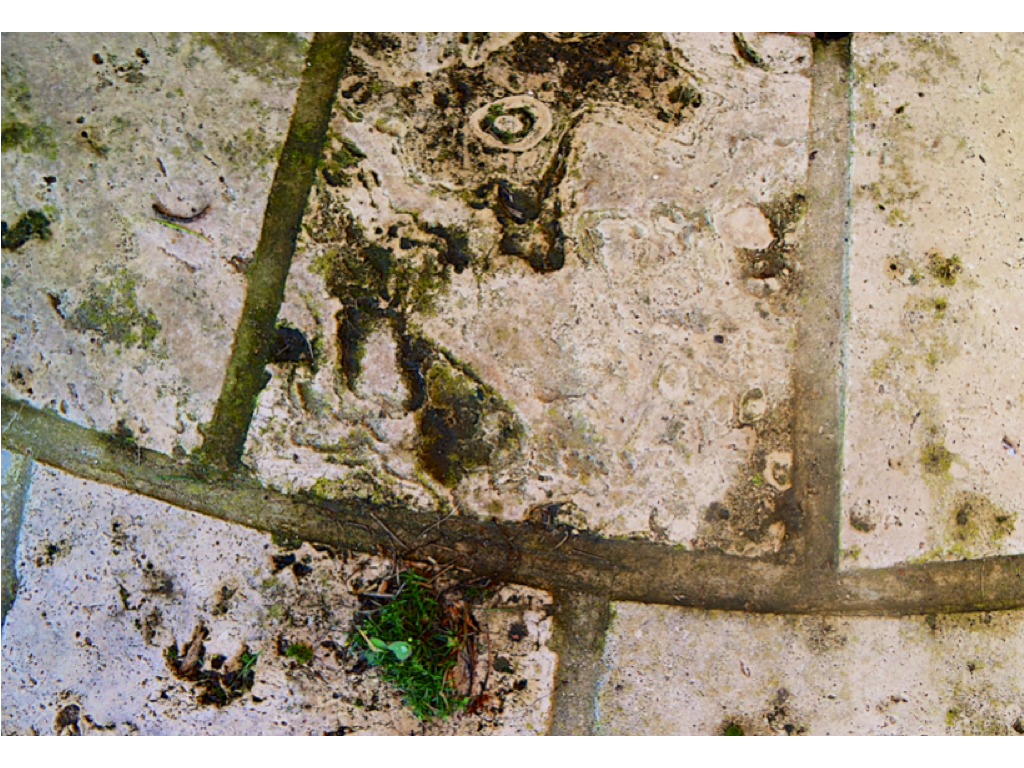
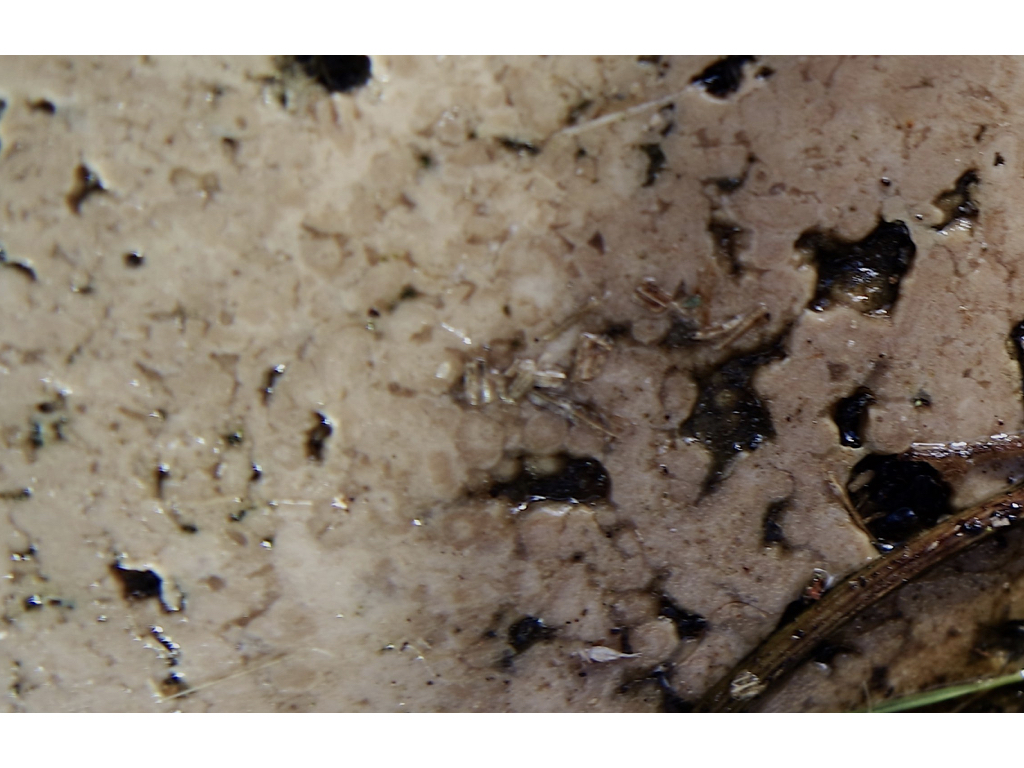

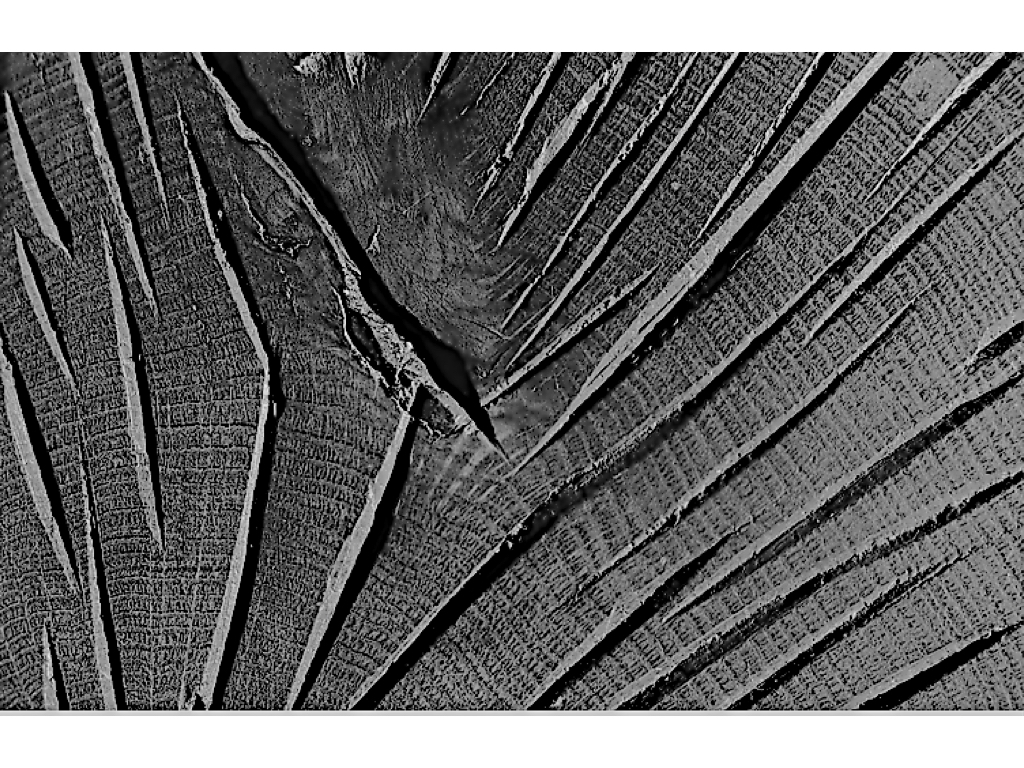
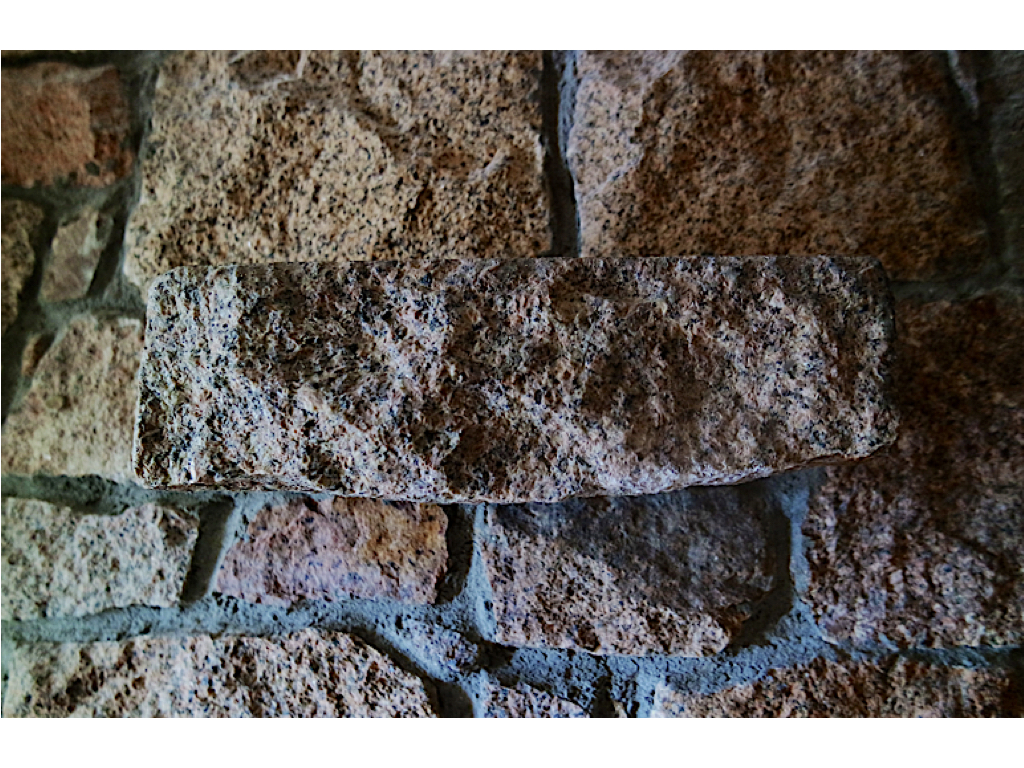

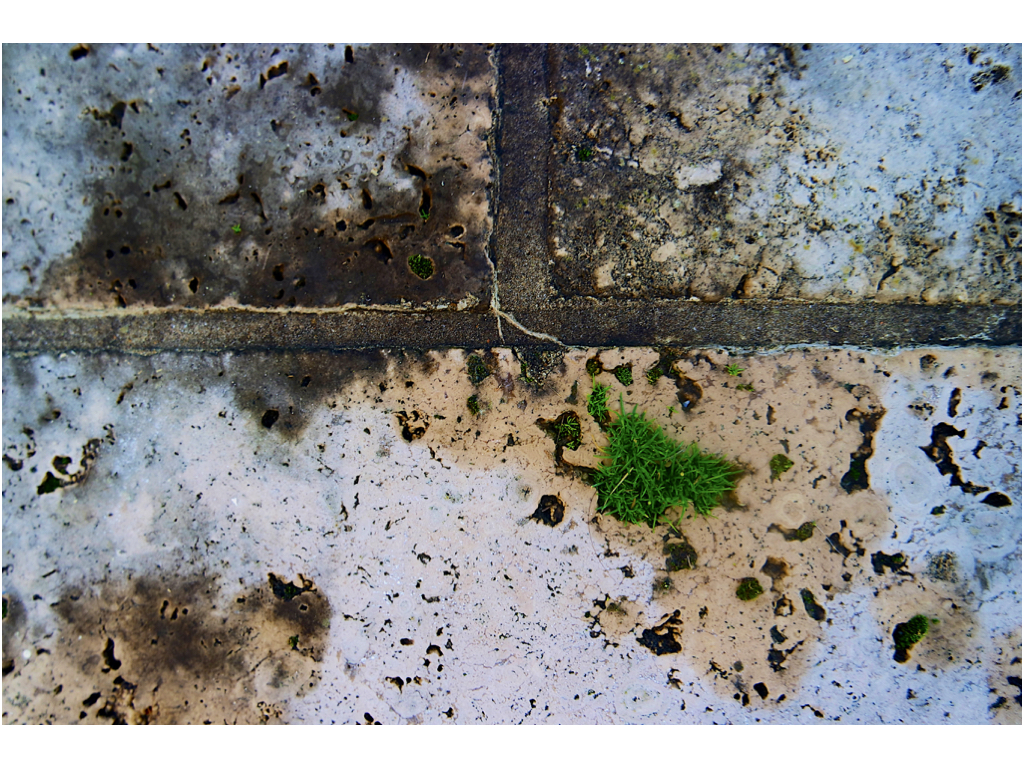
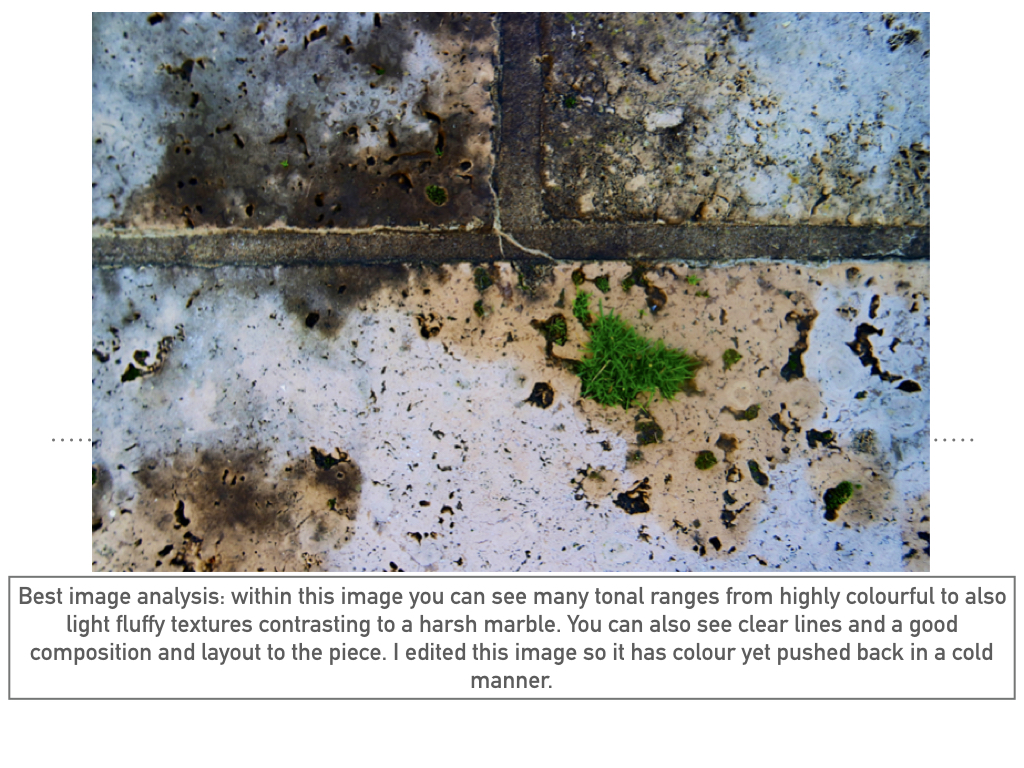
 As you’re taking an image, you would have done this through your viewfinder or in the LCD display, that you use to frame your shot. With this grid in mind the ‘rule of thirds’ now identifies four important parts of the image that you should consider, placing points of interest in as you frame your image. Not only this, but it also gives you four ‘lines’, that are also useful positions for elements in your photo.
As you’re taking an image, you would have done this through your viewfinder or in the LCD display, that you use to frame your shot. With this grid in mind the ‘rule of thirds’ now identifies four important parts of the image that you should consider, placing points of interest in as you frame your image. Not only this, but it also gives you four ‘lines’, that are also useful positions for elements in your photo.
 The theory is, that if you place points of interest in the intersections or along the lines, your photo becomes more balanced and will enable a viewer of the image to interact with it more naturally. Studies have shown that when viewing images, people’s eyes usually go to one of the intersection points most naturally, rather than the center of the shot – using the rule of thirds works with this natural way of viewing an image, rather than working against it.
The theory is, that if you place points of interest in the intersections or along the lines, your photo becomes more balanced and will enable a viewer of the image to interact with it more naturally. Studies have shown that when viewing images, people’s eyes usually go to one of the intersection points most naturally, rather than the center of the shot – using the rule of thirds works with this natural way of viewing an image, rather than working against it.

 In addition to the above picture of the bee, where the bee’s eye becomes the point of focus. The next time I went out I decided to try this within my photos, to really get the viewers attention to the object of my choice, these were my results:
In addition to the above picture of the bee, where the bee’s eye becomes the point of focus. The next time I went out I decided to try this within my photos, to really get the viewers attention to the object of my choice, these were my results:
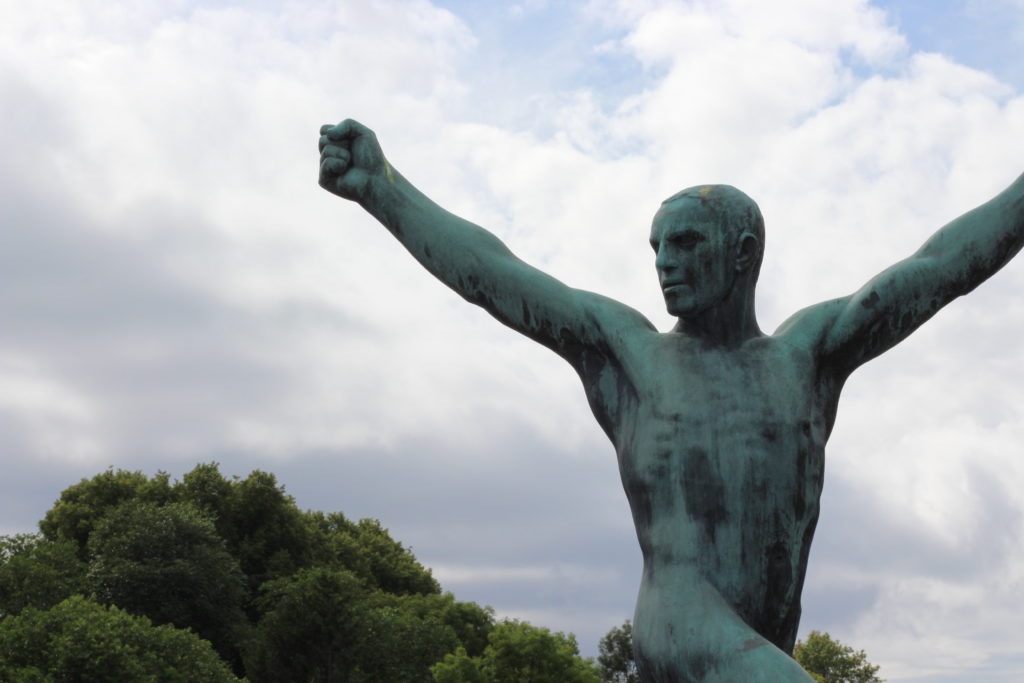
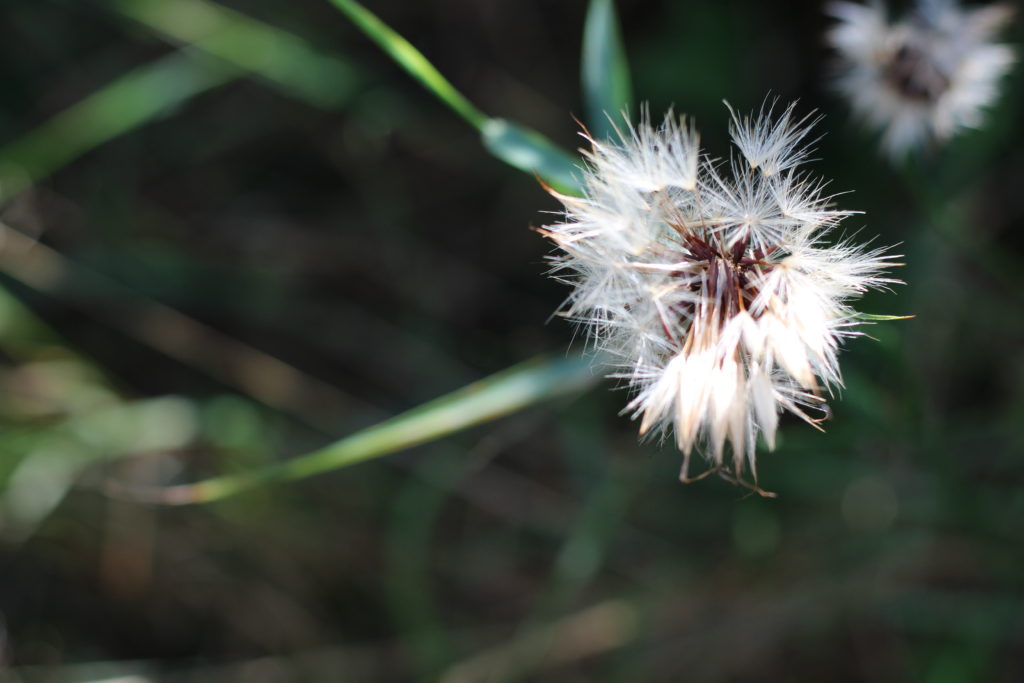
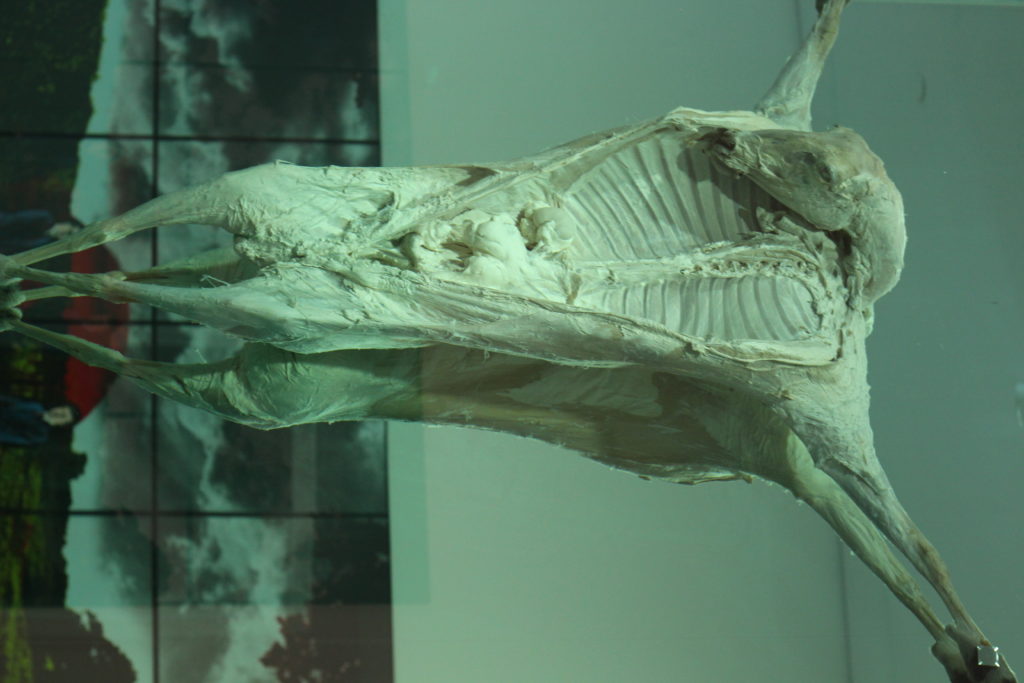

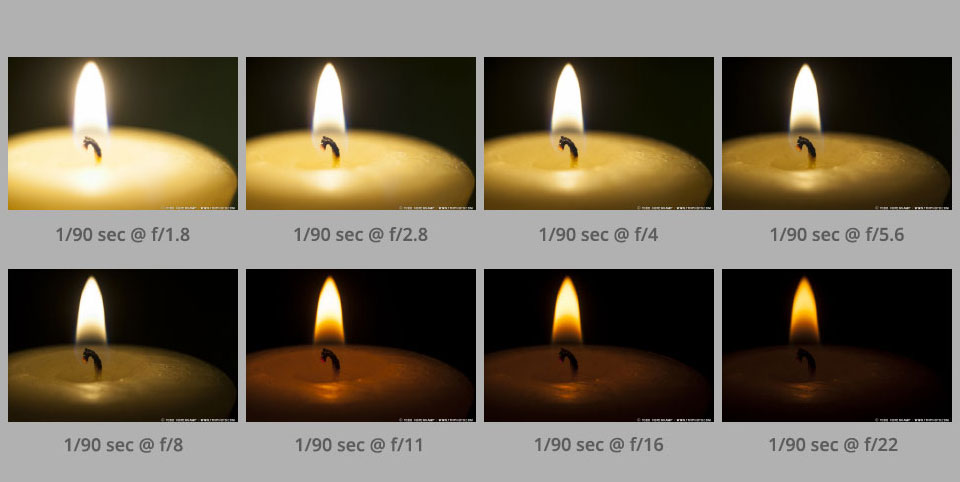


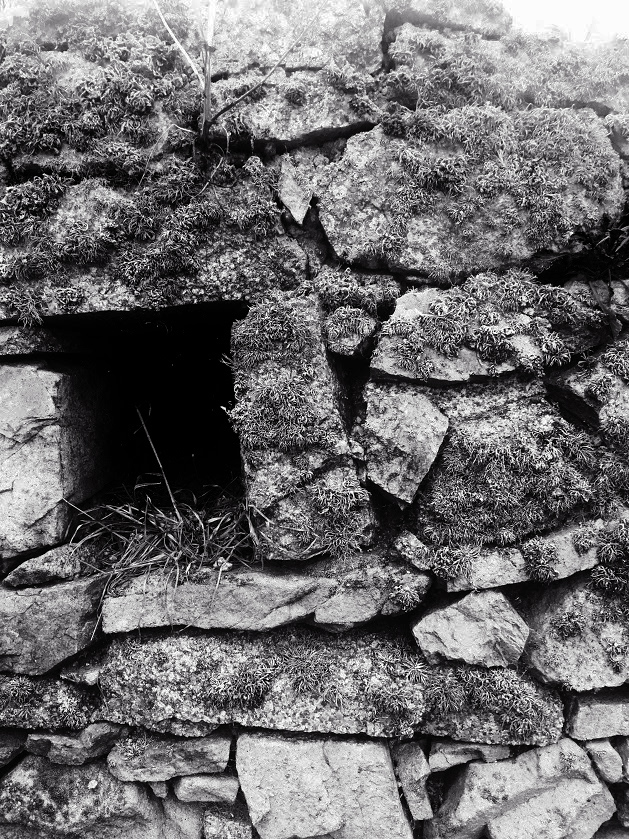

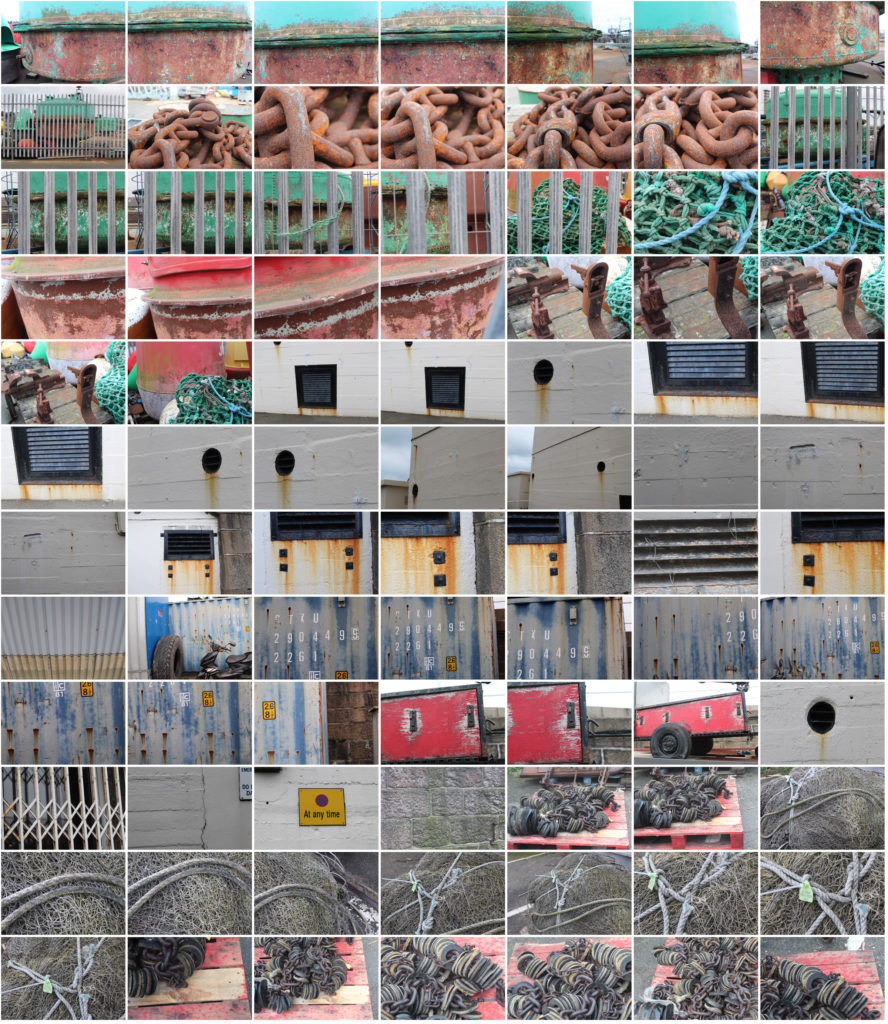

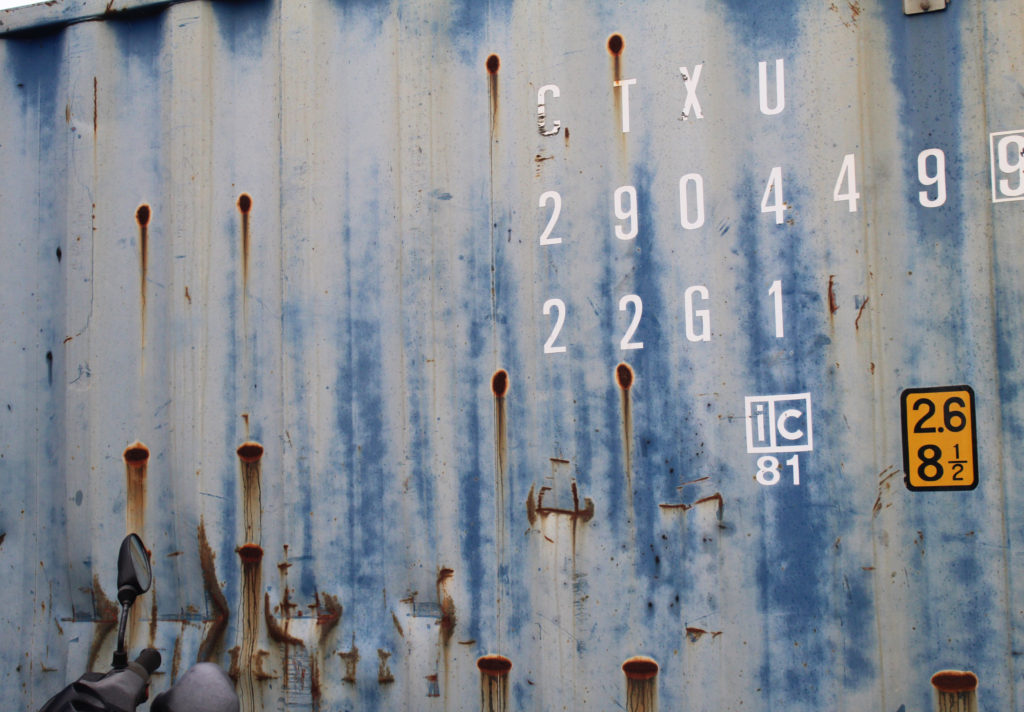
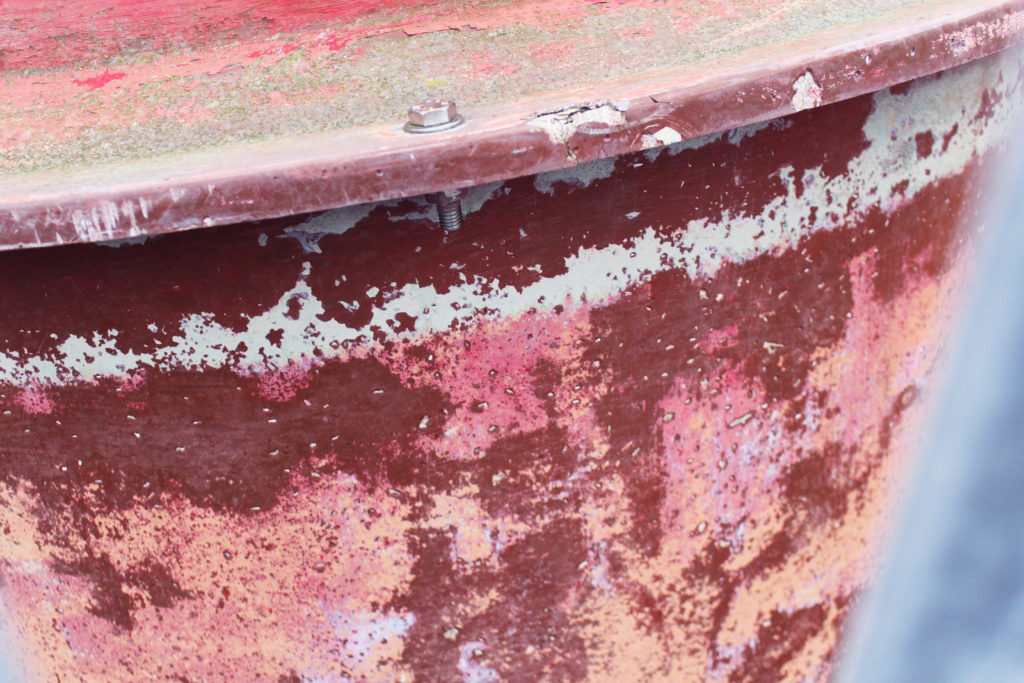
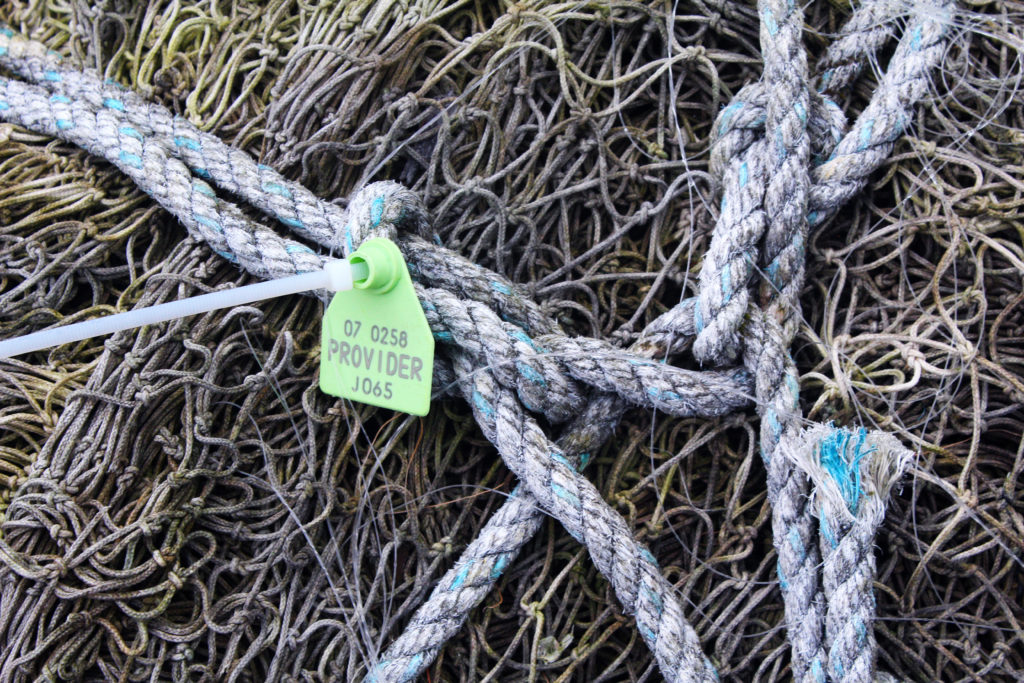
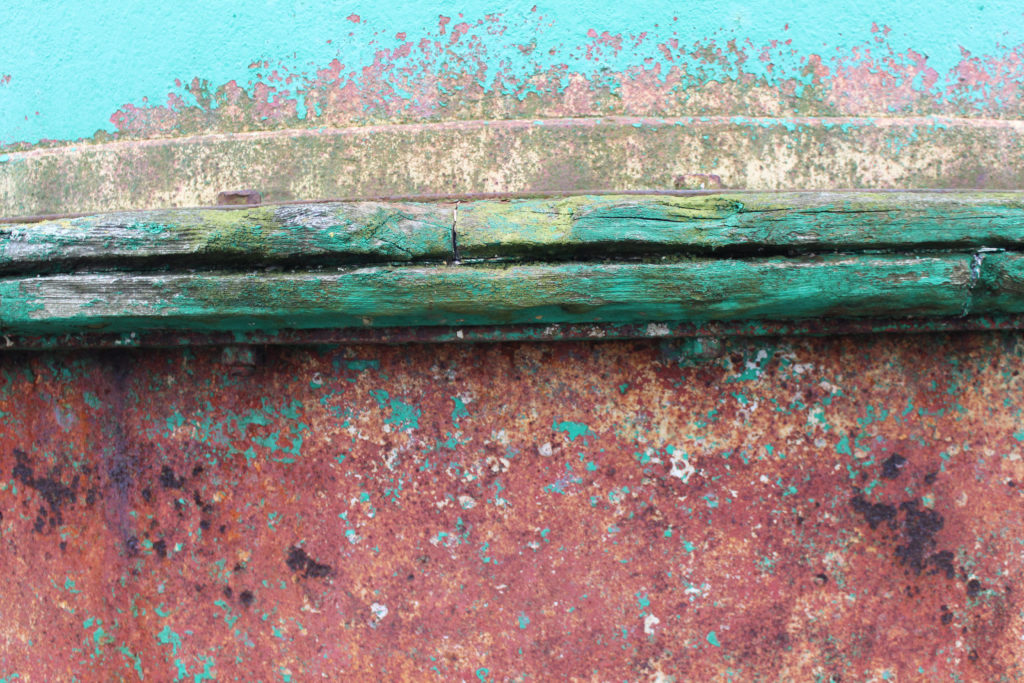
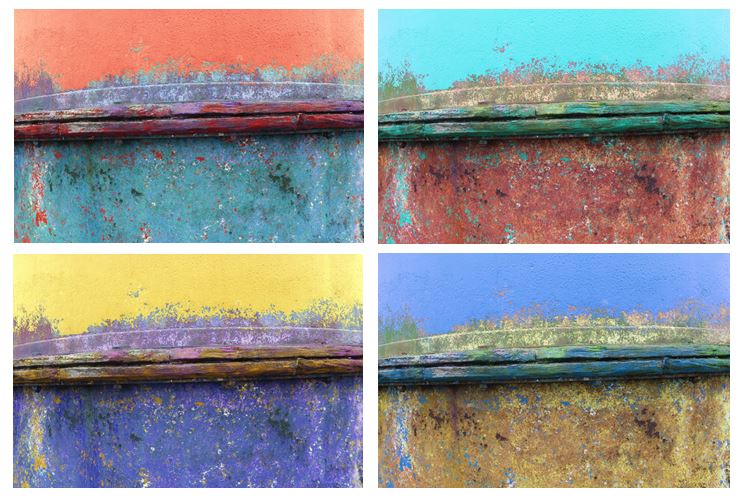
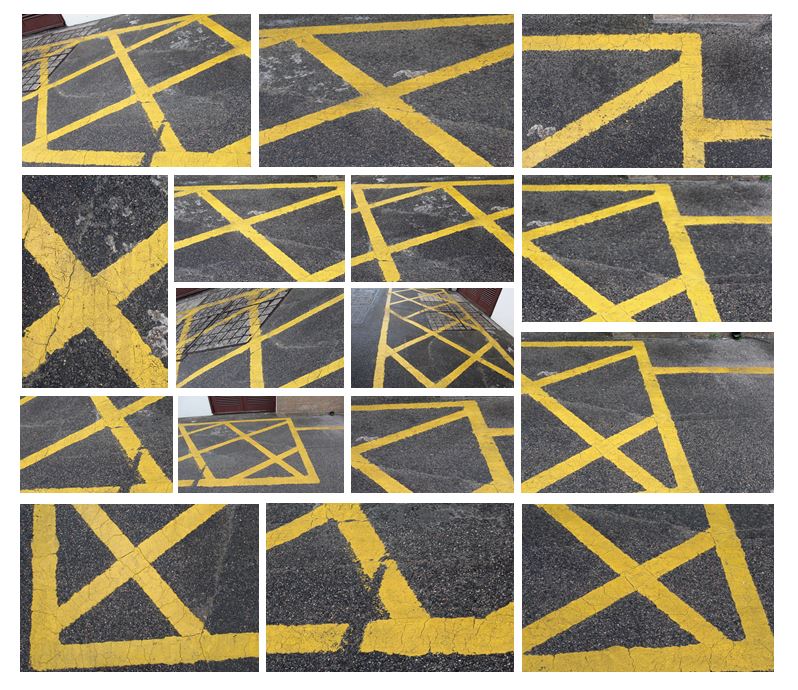
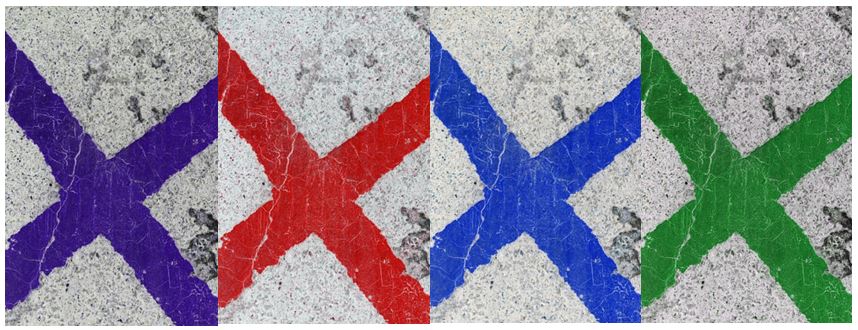
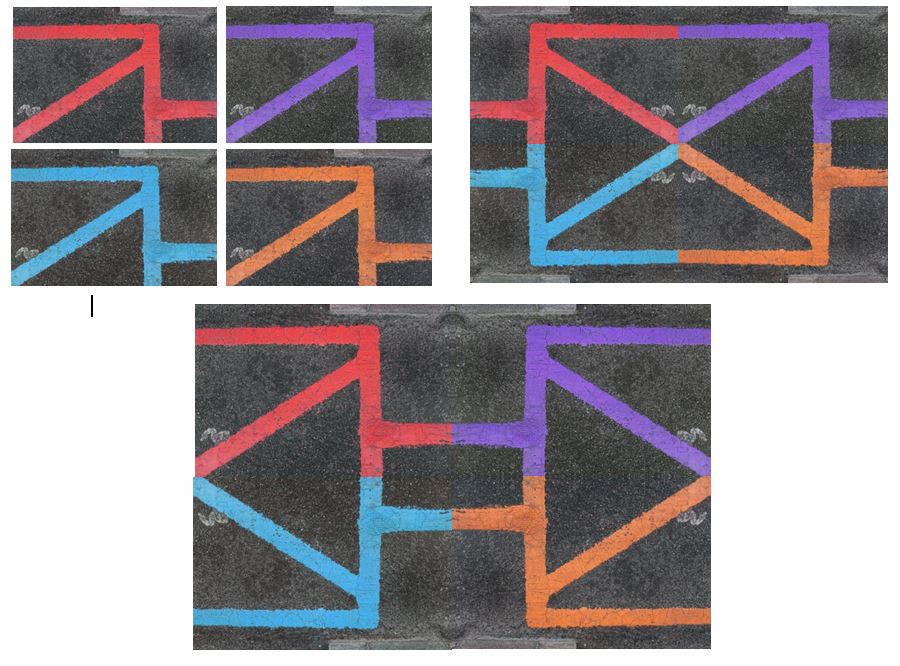 I edited these photos in photoshop by adjusting the hue and increasing the contrast to create different coloured lines to achieve more interesting, abstract photographs. I also experiemented with different layouts, creating patterns and geometrical shapes by flipping the photos vertically and horizontally.
I edited these photos in photoshop by adjusting the hue and increasing the contrast to create different coloured lines to achieve more interesting, abstract photographs. I also experiemented with different layouts, creating patterns and geometrical shapes by flipping the photos vertically and horizontally.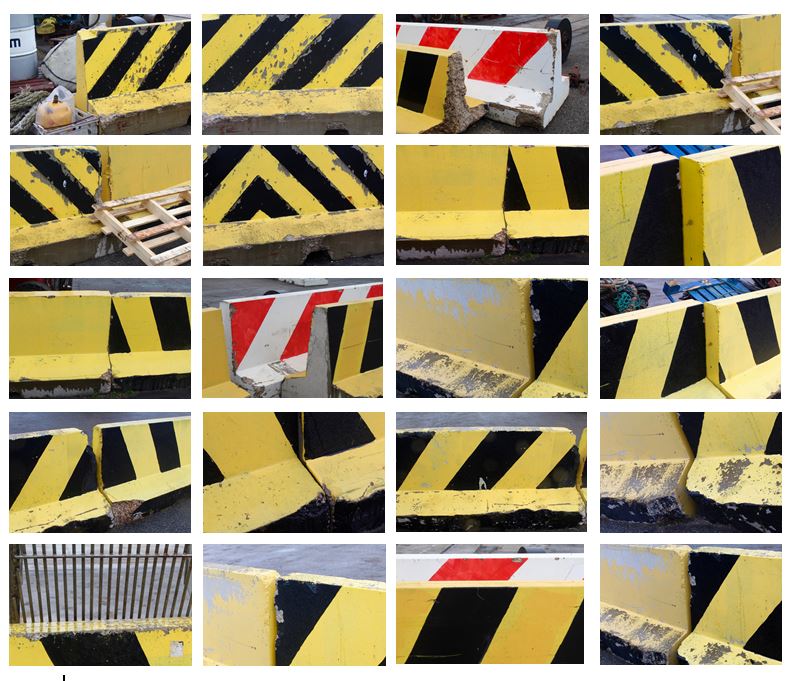
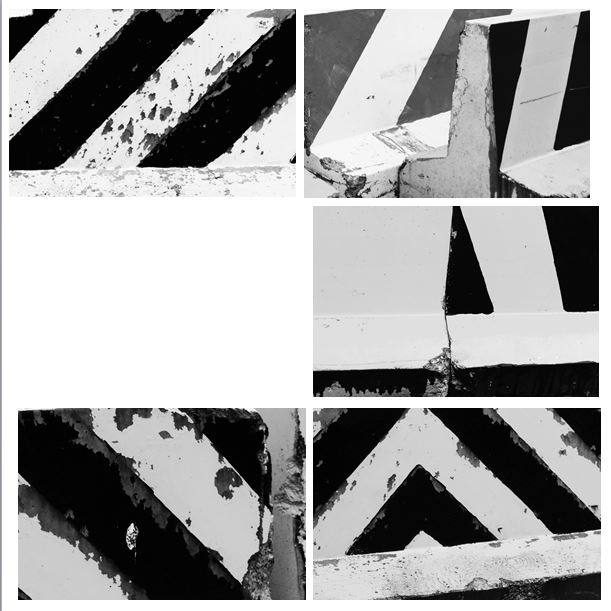
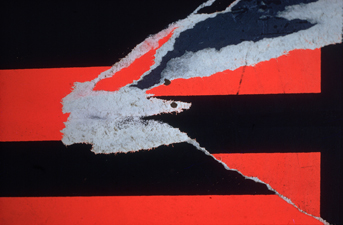

 After reading up about the ways in which I could use my point system on my camera, I went out with a few friends to incorporate this into my photos, these were my results:
After reading up about the ways in which I could use my point system on my camera, I went out with a few friends to incorporate this into my photos, these were my results: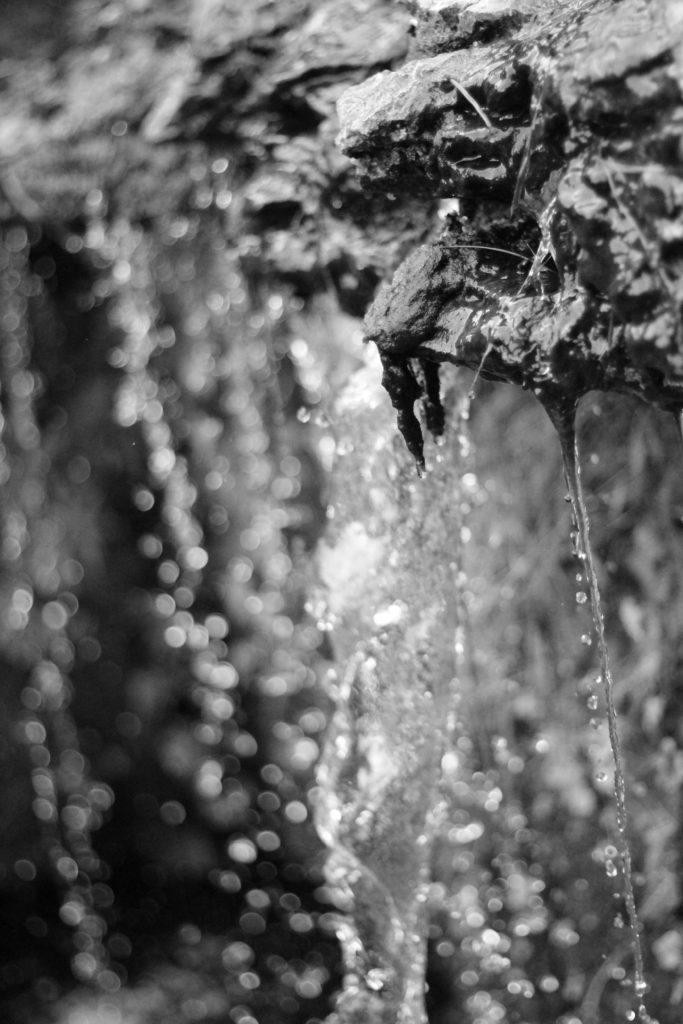
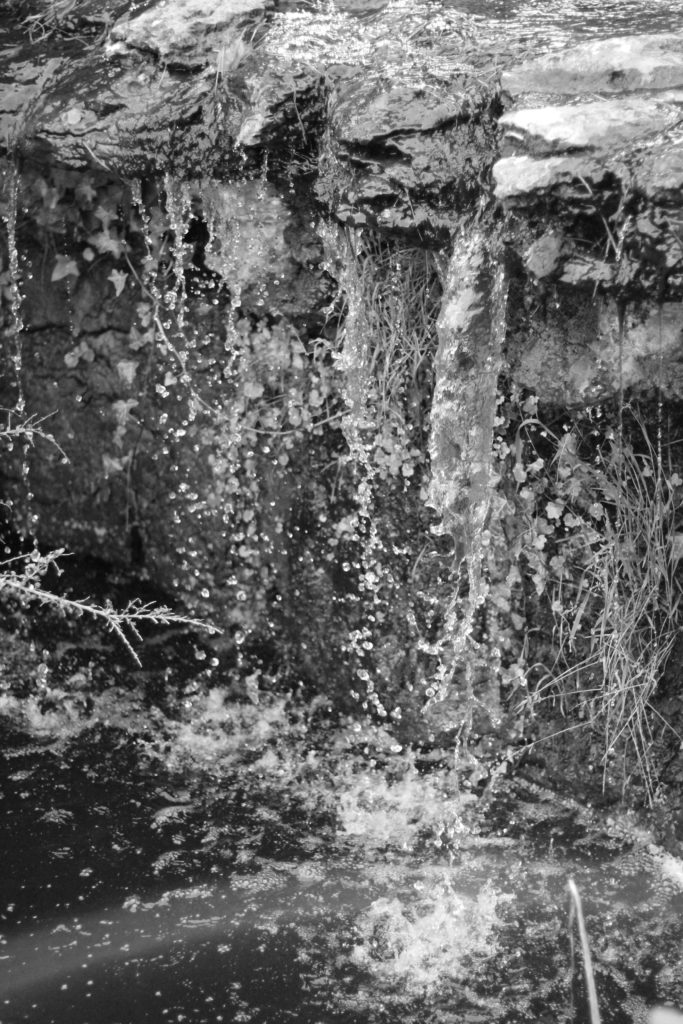



 I decided to have a go with the method in a few of my photos, and so walked around school experimenting with it, these were my results:
I decided to have a go with the method in a few of my photos, and so walked around school experimenting with it, these were my results:
